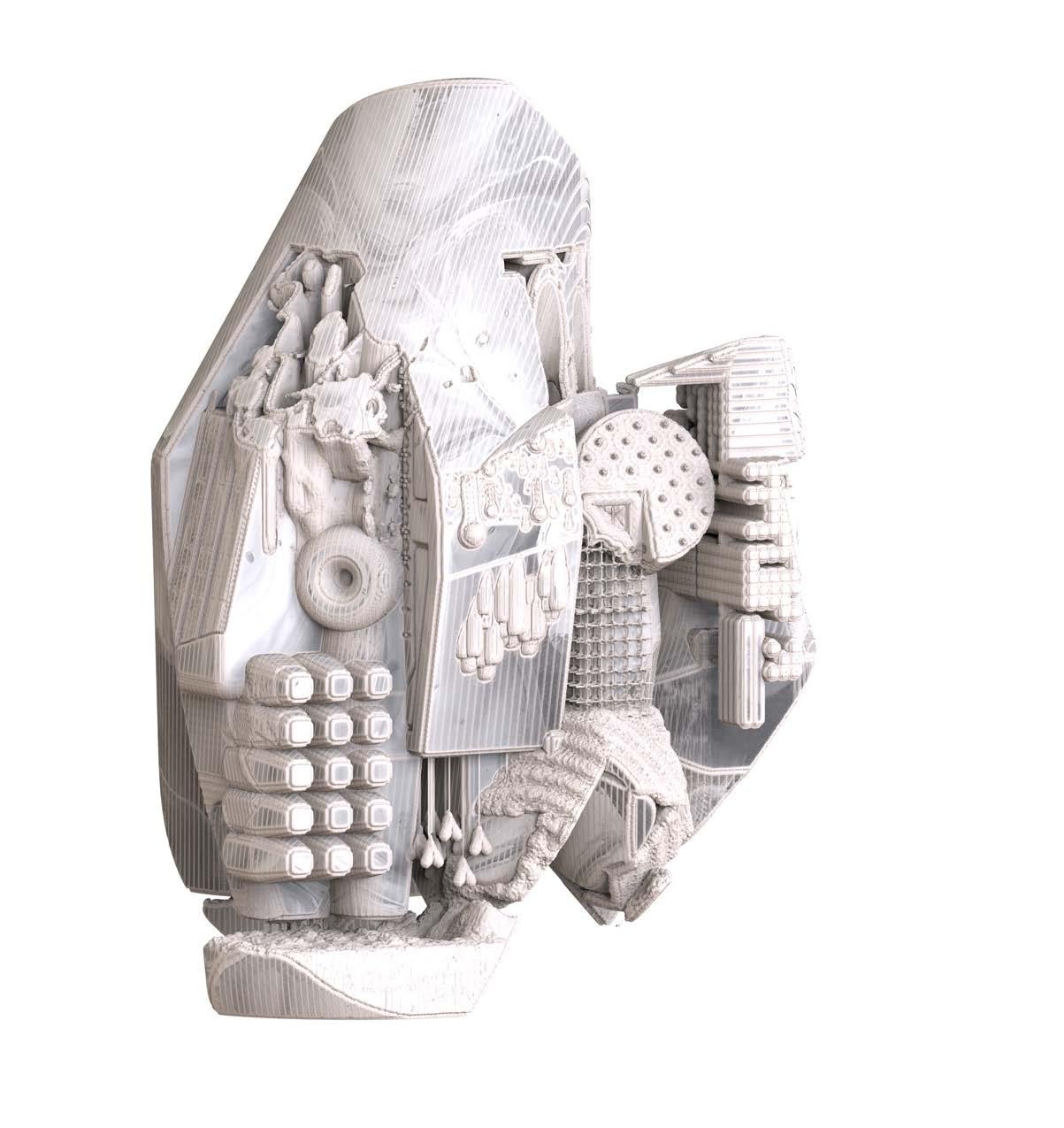
VOLUME 111 VOLUME 111 VOLUME 111 VOLUME 111 VOLUME 111 VOLUME 111 VOLUME 111 VOLUME 111 VOLUME 111 VOLUME 111 VOLUME 111 VOLUME 111
2023 WORKS
Nicholas G. Houser
SELECTED
Nicholas G. Houser
email: nhouser@upenn.edu
Education
phone: +1 512 567 1864
portfolio: issuu.com/nicholashouser
Instagram: @housernick97
Masters of Science and Design, Robotics and Autonomous System, University of Pennsylvania, Philadelphia, PA | 4.0
August 2022 - May 2023
Masters of Architecture, University of Pennsylvania, Philadelphia, PA | 3.94
August 2019 - May 2022
Bachelors of Environmental Design with Honors, Texas A&M University, College-Station, TX | 3.9
August 2015 - May 2019
Minor in Product Design, Texas A&M University, College-Station, TX
January 2017- May 2019
Design & Professional Experience
Design Intern at IK-Studio, Los Angeles, California
May 2022 - August 2022
-Created research booklet and design for Les Angeles, graphic design, and layout
Junior Designer at TWA, Los Angeles, California
May 2021 - August 2021
-Helped deliver 100% DD set of SKYHOUSE and constructed 1’=1/2” SD physical model
Design Intern at A/p Practice, Brooklyn, New York
December 2020 - January 2021
-Worked on exhibition in Anchorage Alaska for Petite Post-Human planets
Visual Engineer for Pangissimo, Boston, Massachusetts
June 2020 - December 2020
-Created visual content for the Simo Speaker and created Phase II kickstarter campaign
Design Intern at Brian Deluna Studio, Brooklyn, New York
May 2020 - August 2020
-Continued development of house for single man in Vale Colorado
Design Intern at Xmade Barcelona, Barcelona Spain
June 2019 - August 2019
-Designed a series of facades utilizing computational design methods for flagship stores and other commissions.
Design Intern at MFGA, New York City, New York
May 2018 - August 2018
-Heavily involved with design and production of 2 commissioned projects
Design Intern at Atelje Sotamaa, Helsinki, Finland
June 2017 - August 2017
-One of three designers working under Kivi Sotamaa in designing innovative recreational experiences
Architectural Intern at O’connell Robertson, Austin, Texas
June 2016 - August 2016, December 2016 - January 2017
-Worked amongst architects, engineers, and c.a. primarily documenting and archiving 50 years of past projects
Skills
3D Modeling
Graphics
Fabrication
Office
Academic Involvement
Senior Design Lead - F.B.D.
January 2018 - may 2018
Acadia 2022 Exhibition Team
September 2022 - October 2022
Stuco Beaux Arts Ball Visual Creator
January 2022 - April 2022
MSD-RAS Student Representative
August 2022 - May 2023
TA -Laia Mogas-Soldevila
August 2021 - December 2021
TA - Laia Mogas-Soldevila
January 2022 - May 2022
TA - Vanessa Keith
August 2020 - December 2020
TA - Vanessa Keith
January 2021 - May 2021
Teaching Experience Research Experience
RA - Robert Stuart-Smith
Agent Based Clay Body Ceiling
October 2022 - December 2022
RA - Andrew Saunders
Lidar Baroque Surveys
August 2022 - May 2023
RA - Simon Kim
Characters as Domus
August 2022 - January 2023
Rhino 7 + Grasshopper, Maya, Sketchup, Autocad, ZBrush, Mandelbulb, Agisoft, Recap, Reality Capture, Houdini, Unreal Engine, Unity, Mesh Mixer, Blender, Revit, World Creator
Keyshot 10, V-Ray for Rhino 7, Arnold for Maya, Mantra for Houdini, Substance Painter, Substance Alchemist, Quixel Mixer, Adobe Photoshop, Indesign, Illustrator, After Effects, Premiere, Lightroom
Laser Cutting, CNC, 3D printing (Prusa Slicer, Flash Forge, Ultimaker & Makerbot) Robot Studio, Machina, Powermill
Google Suite, Microsoft Suite, Slack, Discord
Awards
Arthur S. Brooke Memorial Prize, 2022

KPF Traveling Fellowship, 2021
Dales Fellowship, 2021
Texas A&M Suma Cum Laude, 2019
Texas A&M University Honors, 2019
Texas A&M College Honors, 2019
Gathright Scholar Award, 2019
Phi Kappa Phi Honors, 2018
National Society of Collegiate Scholars, 2015
Distinguished First year, 2015
Publications
Acadia 2019
Acadia 2022
Antagonismos Volume 5
Antagonismos Volume 7
Antagonismos Volume 11
Antagonismos Volume 12
Axiom 2019
Axiom 2017
Built Works
Hypersection - Installation in Bryan Texas, With Niccolo Casas
HyperCube - Interior renovation of VR world in New York City
Oblique Slippage - Exhibition at Penn Museum
Simo Speaker - Modular portable Surround Sound Speaker
Competitions
Build day, 2016
Jury’s Favorite
BlankspaceNYC, OuterSpace, 2019
Honorable Mention
Bee Breeders, Thermal Hot Springs Guesthouse, 2019
Honorable Mention
Schenk-Woodman, Pop Up, 2020
Honorable Mention
Surface Magazine, Covid Relief, 2020
Honorable Mention
Humankind after Covid, Mobile Testing Center, 2020
4th Place
HOK Design Futures, 2021
1st Place
Alternate Realities, 2022
Top 30
Texas Architect Magazine
Volume 3: Traits of Post Digital Neo-Baroque
Exhibitions
Acadia, 2019, Austin TX
Hypersection, 2018, Bryan TX
Acadia, 2022, Philadelphia, PA
Upenn-End of the year Showcase, 2022 Philadelphia, PA
Petite Post-human Planets, 2021, Anchorage, AK
References
Gabriel Esquivel | Texas A&M University | email: gabe@theoremas.com
Mark Foster Gage | MFGA & Yale University | email: gage@mfga.com
Maya Alam | A/P practice & Upenn | email: ma@alamprofeta.com
Jonas Coersmeier | Upenn | email: coersmeier@gmail.com
Tom Wiscombe | TWA & Sci-Arc | email: tom@tomwiscombe.com
Simon Kim | IK Studio & Upenn | email: simon.kim@i-k-studio.com
Starchitect Chair Design, 2022
Honorable Mention
Laia Mogas-Sodevila | Dumo lab & Upenn | email: laiams@design.upenn.edu
Niccolo Casas | NICCOLO CASAS ARCHITECTURE | email: niccolocasas@gmail.com
Andrew Saunders | Upenn | email: asaun@design.upenn.edu
Magazine Pressing Matters 9 Pressing Matters 10 Pressing Matters 11 Pressing Matters 12
Journal Issue 03
Surface
STOÀ


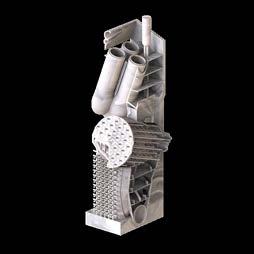


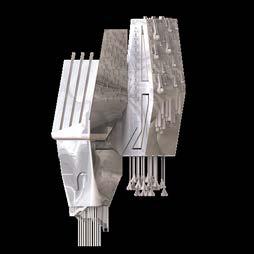
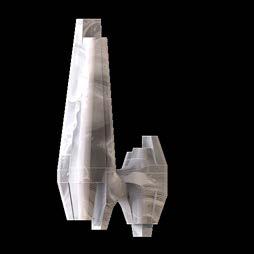
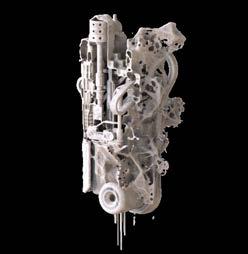

I II III IV V VI VII VIII UPENN
I II III IV V VI VII VIII SID & NANCY OFF-CYCLE QUEER OBJECT XM NEOTERIC NYX CHØNK IKEA ANARCHY 006 016 032 042 056 068 080 090 Social Housing & Hyperloop Urban Food Production + Public Park Algorithmic Senescence Flexible Communal Living Penn Museum Extension WeWork + Winery Toxic Urban Relationships E-Waste as 21st Century Geoglyph VOLUME 111
SID & NANCY
Homunculi and characters, are powerful a powerful methodology through their interactions and relationships between themselves and their environment, assembling new worlds on the cusp of the Anthropocene. The relationships shared between these two homunculi do not mean that one of them is Sid and the other Nancy, but rather they assumed the archetypes in this paradigm of Sid and Nancy, each unwilling to escape the other, but also not truly knowing if they wanted to escape, only to continue on until it is too late. Parallels are drawn between the interactions of LA with its residents, but more importantly with itself, equally as nuanced as Sid & Nancy. For example, the la brea tar pits, formed hundreds of thousands of years ago, triumphantly consuming mammoths, now lays behind a metal fence as kindergartners take a field trip. The Toxicity & Tension of these relationships manifest itself on a multitude of levels, creating new spaces of interaction through homuncular arguments between these characters. The spaces developed are not ones of ill-repute, but seemingly residual promises of characters that are no longer compatible, exuding its own state of distaste thorughout the city of LA.
6
I
Simon Kim with Bingyu Guo
UPENN
Toxic Urban Relationships FA 2021
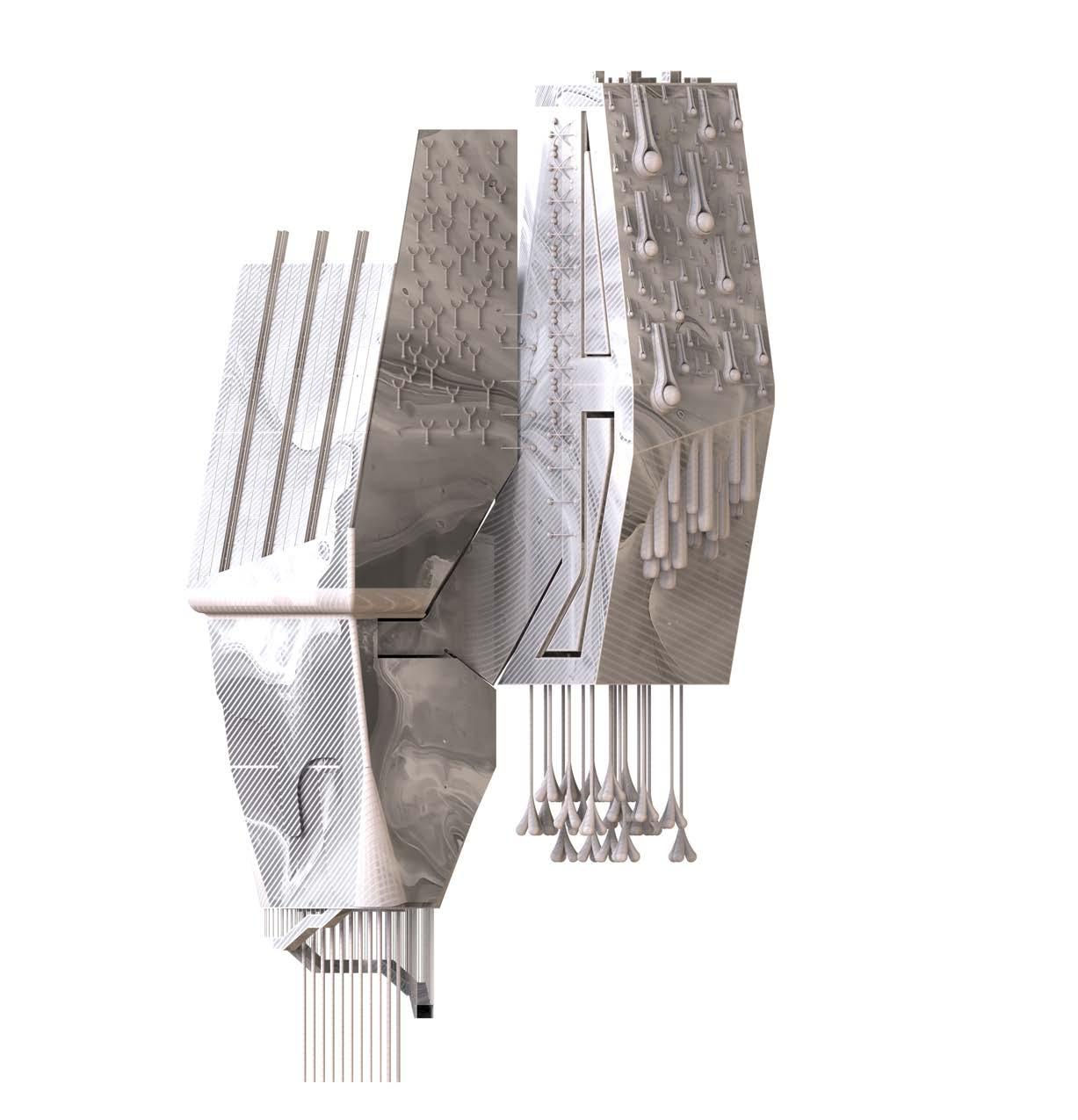
7 //Sensory_Gizmos VOLUME 111



8 //Triptych UPENN
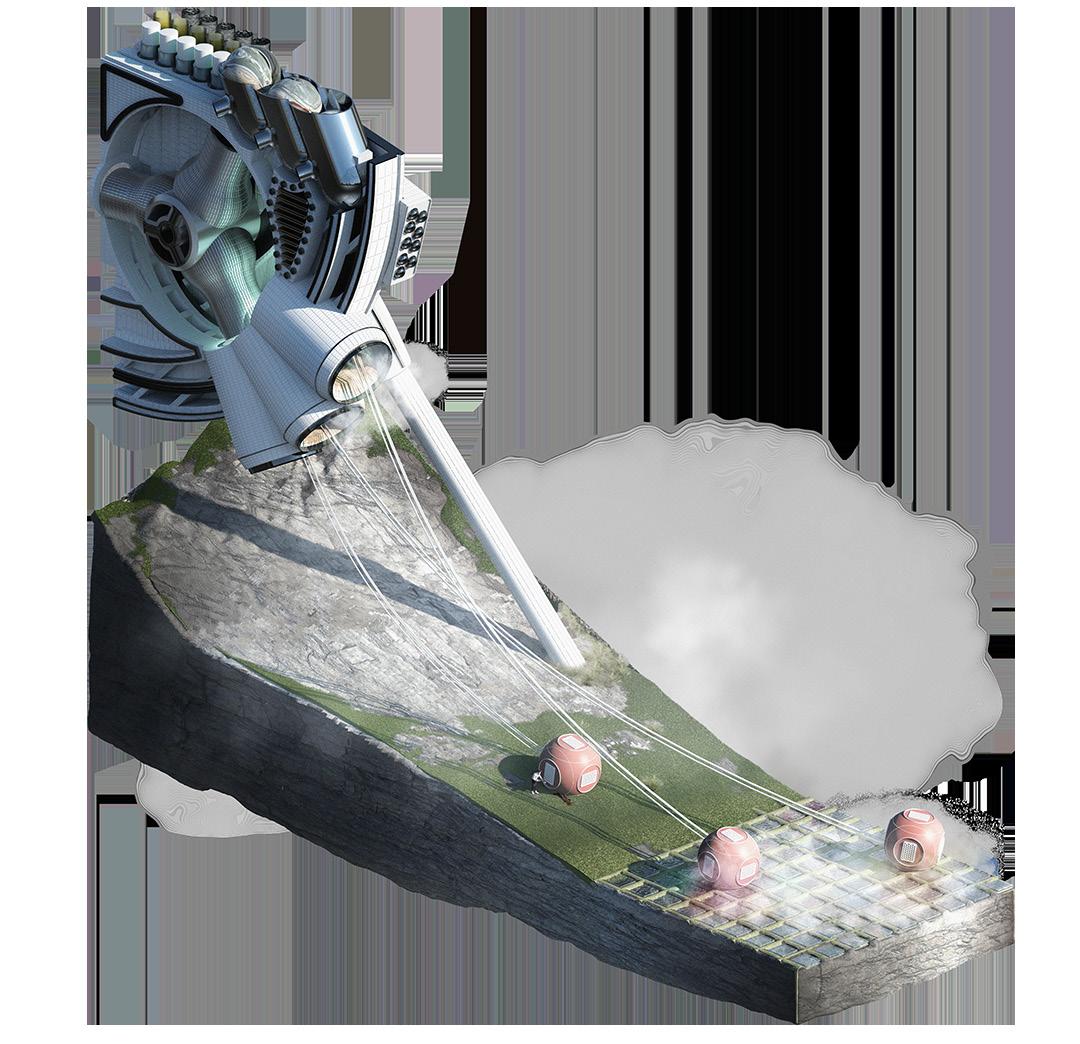
9 //Owen_Lakes VOLUME 111
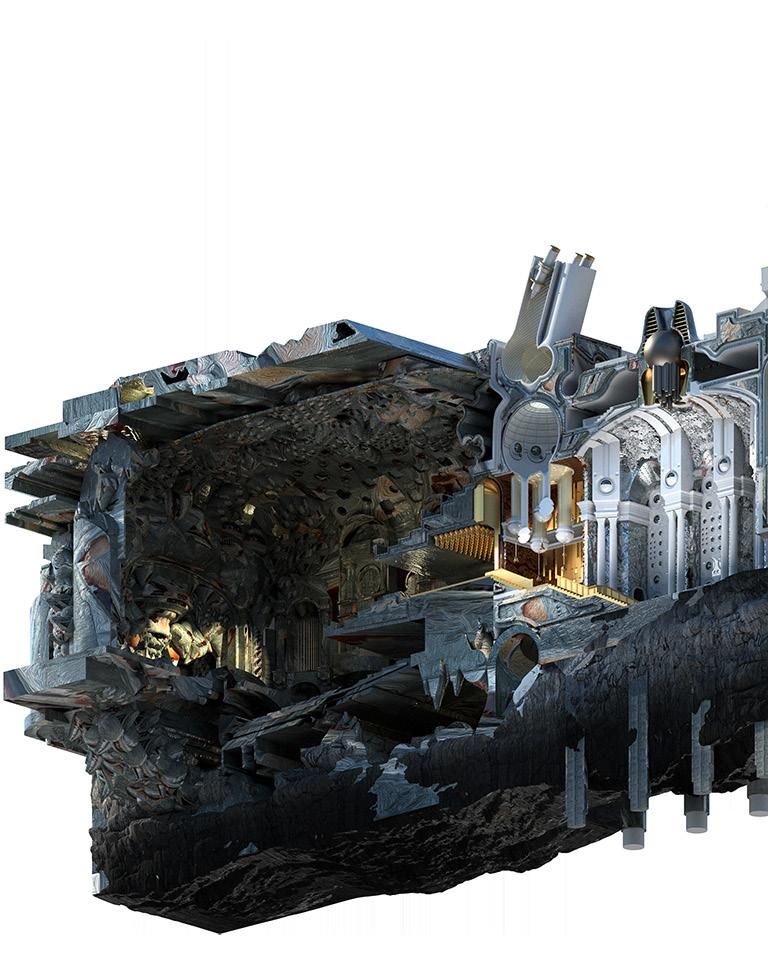
10 UPENN
Thetoxic relationship between Sid and Nancy, the punk rock icons, can be compared to the effects of Los Angeles on its citizens. Just as Sid and Nancy’s relationship was full of chaos, dysfunction, and destruction, the city of Los Angeles has a similar effect on its inhabitants. LA is known for its fast-paced lifestyle, traffic, and pollution, which can lead to stress, anxiety, and overall negative impacts on mental health. In both cases, the toxicity is so pervasive that it becomes difficult to break free from, and often leads to a cycle of destruction and harm. Just as Sid and Nancy’s relationship ended tragically, the negative effects of LA can have long-lasting consequences on its citizens.

11
//Los-Angeles_Theater VOLUME 111
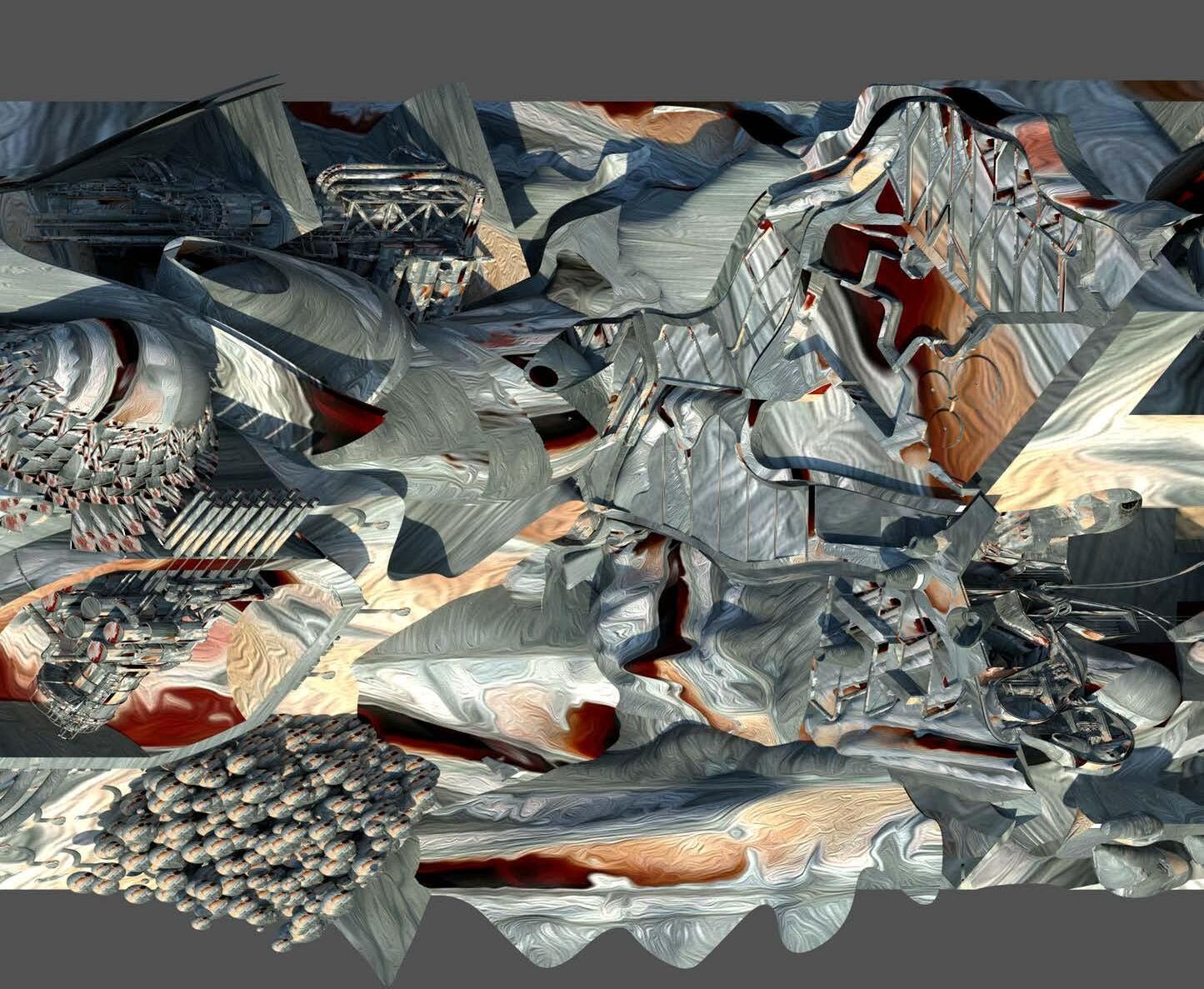
12 UPENN
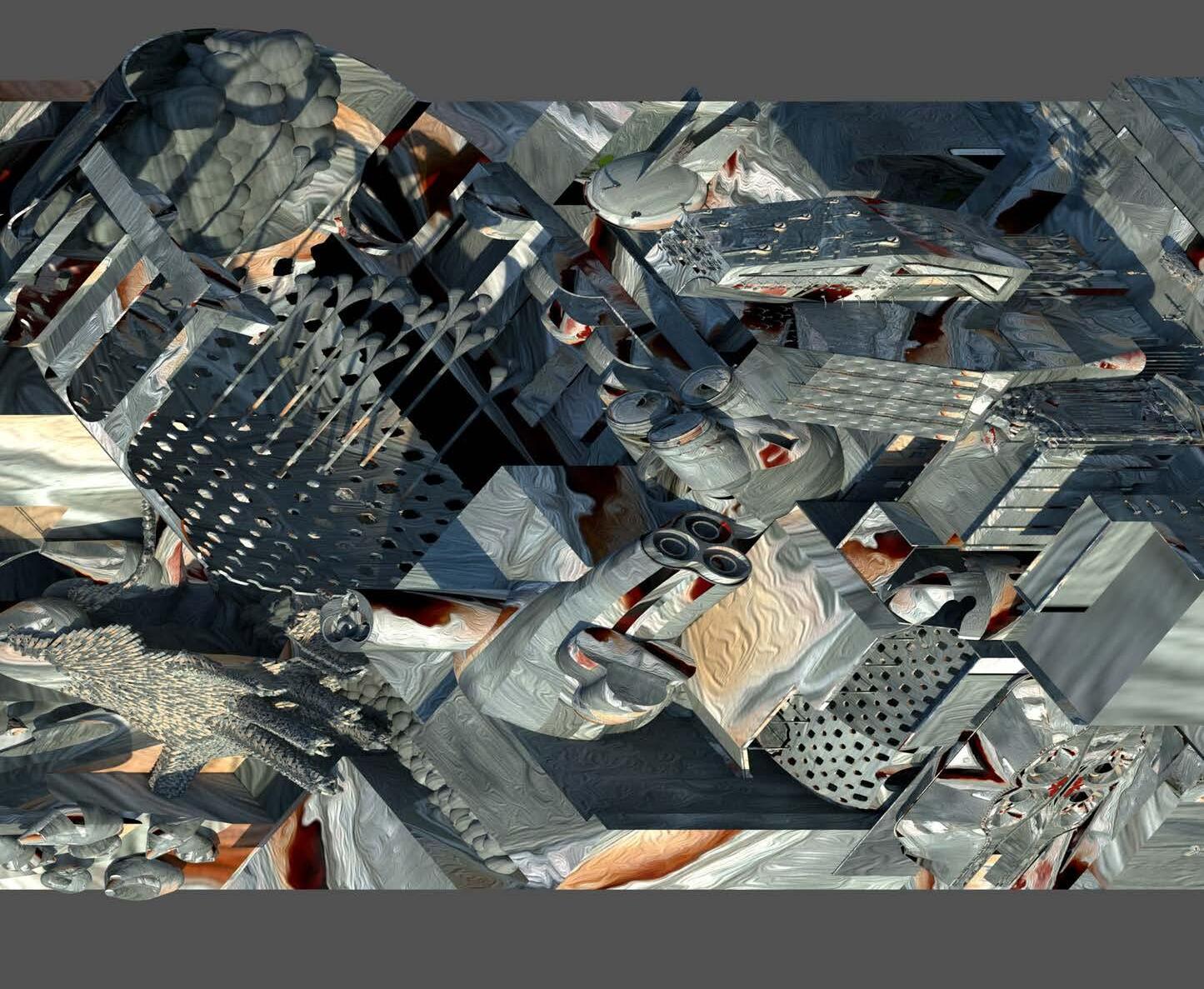
13 //LA_The-Stage VOLUME 111
SETTE DOLORI
LiDAR scanning methods create new modes of representation of built works, in this case, the interior lining of Santa Maria dei Sette Dolori, by Francesco Borromini, can be surveyed by vivisection based on curated cuts dictated by the original underlying geometry that gave birth to the at time hyper-contemporary organization. Once spliced and unrolled, curvature mapping begins to highlight areas of low and high detail, exposing moments of attention versus the overlooked.
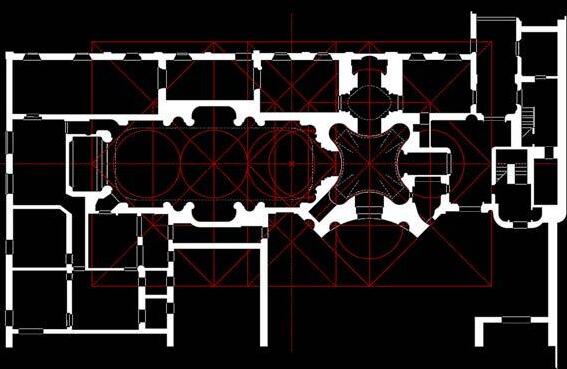

14
Andrew Saunders
Baroque Topologies
UPENN
SP 2022
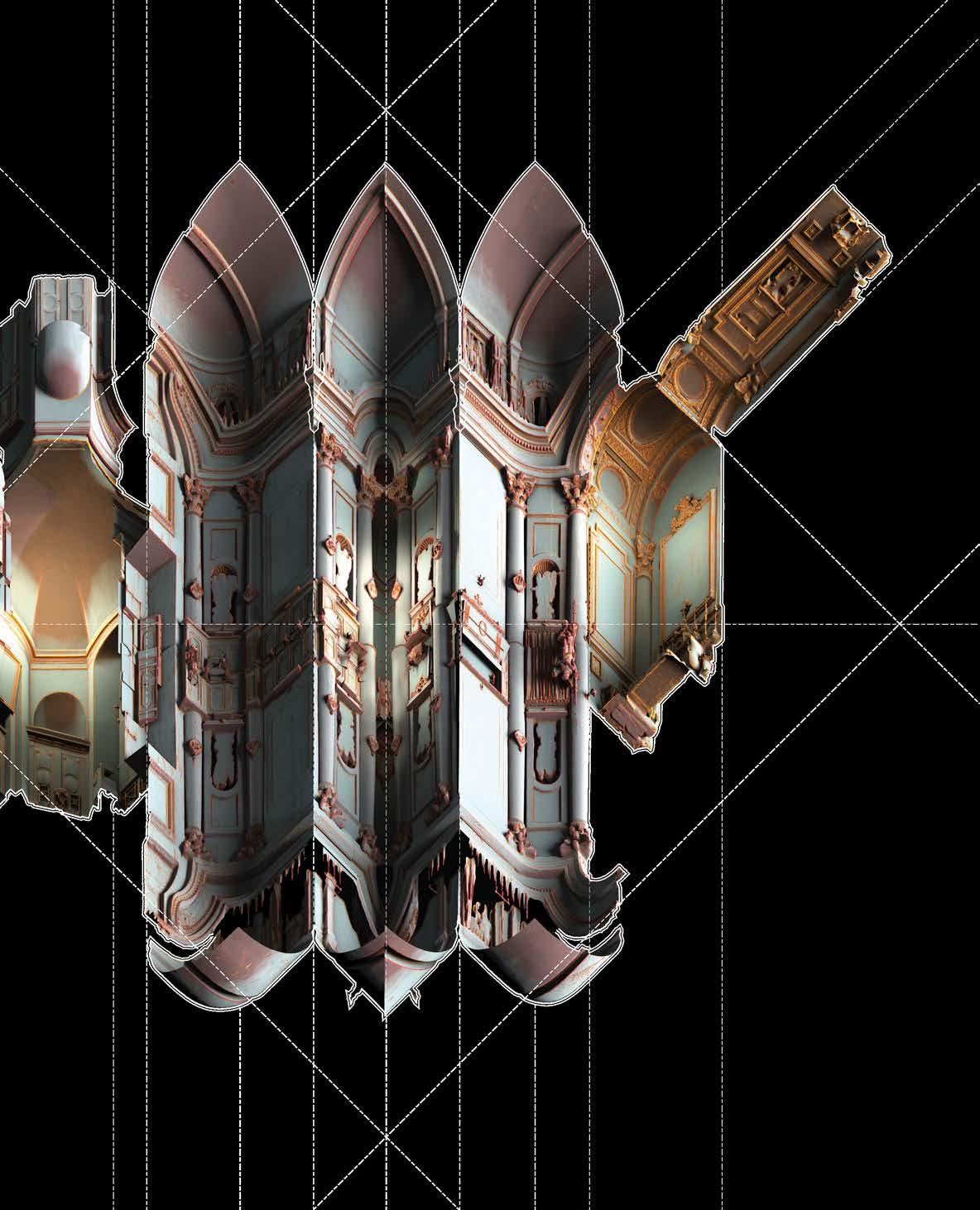
15 //Lining_Unroll_Survey VOLUME 111
OFF-CYCLE
Emphasizing the embedment of a space for inner city food production to supply local food kitchens, a closed system utilizing hydroponics and aeroponics, a microcosm of growth, decay, and regeneration avoids consuming outside resources. Through the incorporation of growth beds, aquariums, compost, and small animal pens, the natural cycle that occurs in nature becomes downscaled into a concentrated urban scale, becoming hyper-synthetic, operating on a 24 hour growth cycle. In consequence this project is also open to the public 24/7. The versatility and engagement created through the ability to view a space of production facilitates public engagement as the system completes its primary purpose of food production. Public engagement is achieved through the promenade and exhibitionism of the various components at hand, from the farming and harvesting, to distribution, as well as atmospheric bi-products that influence the affect of the public park, as it circumnavigates all systems involved in production. Through these methods, recreation and function have become meshed together to create a space in between spaces, open and welcome to all.
16
II
Nate Hume
UPENN
Urban Food Production + Public Park SP 2021

17 //Sliver-Chunk_Secondary_Grow-Volume VOLUME 111
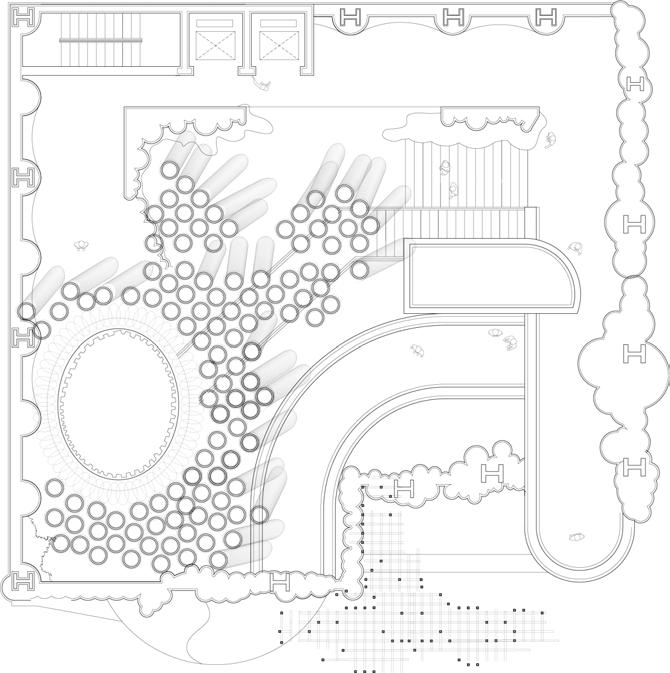
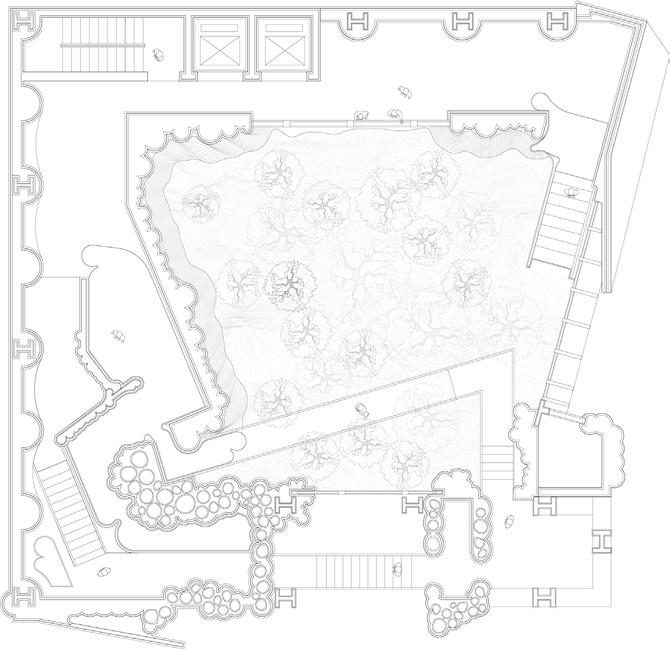
18 //Grow-Volume_Plan //Park_Plan UPENN

19 //Primary_Section VOLUME 111
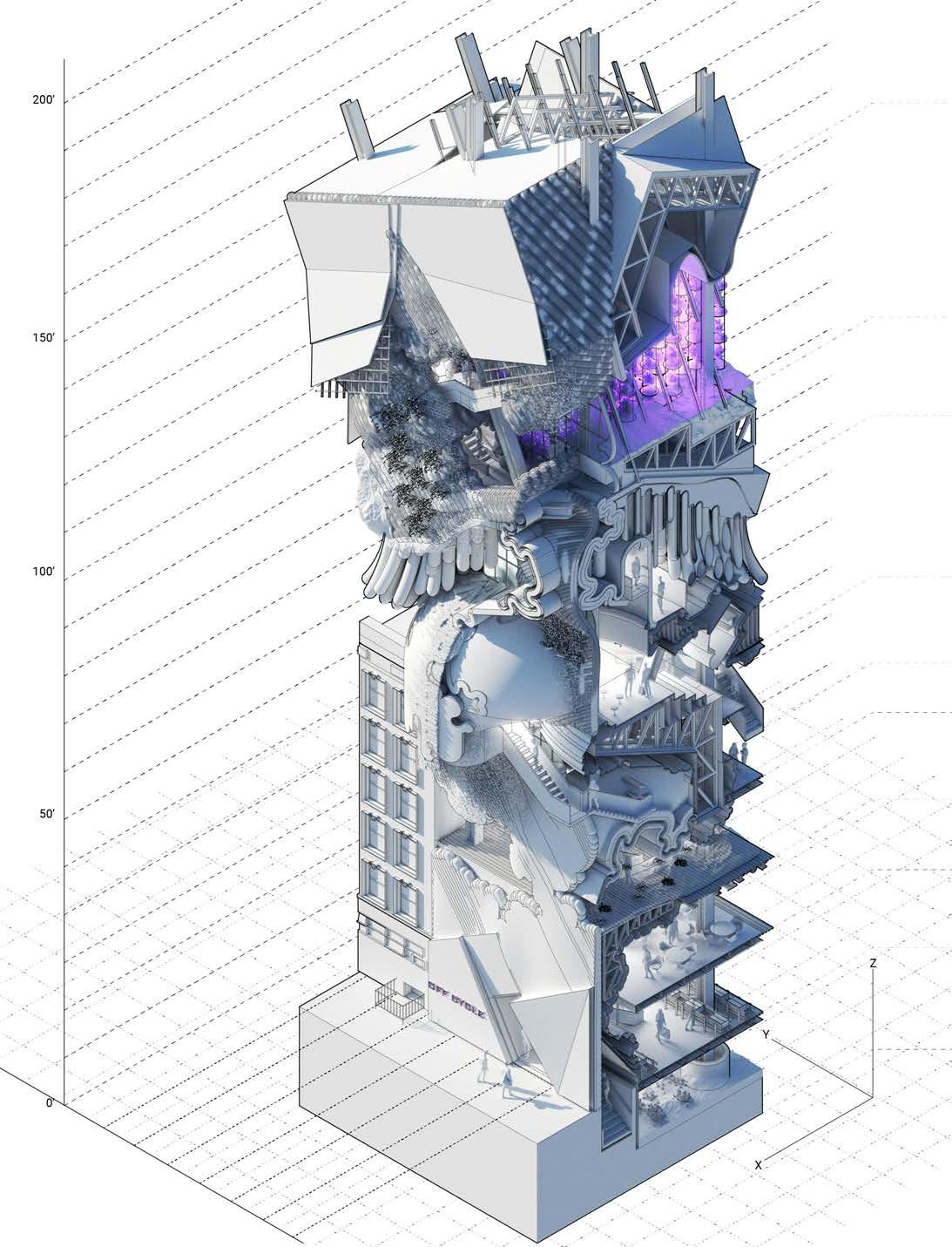
20 //Chunk UPENN
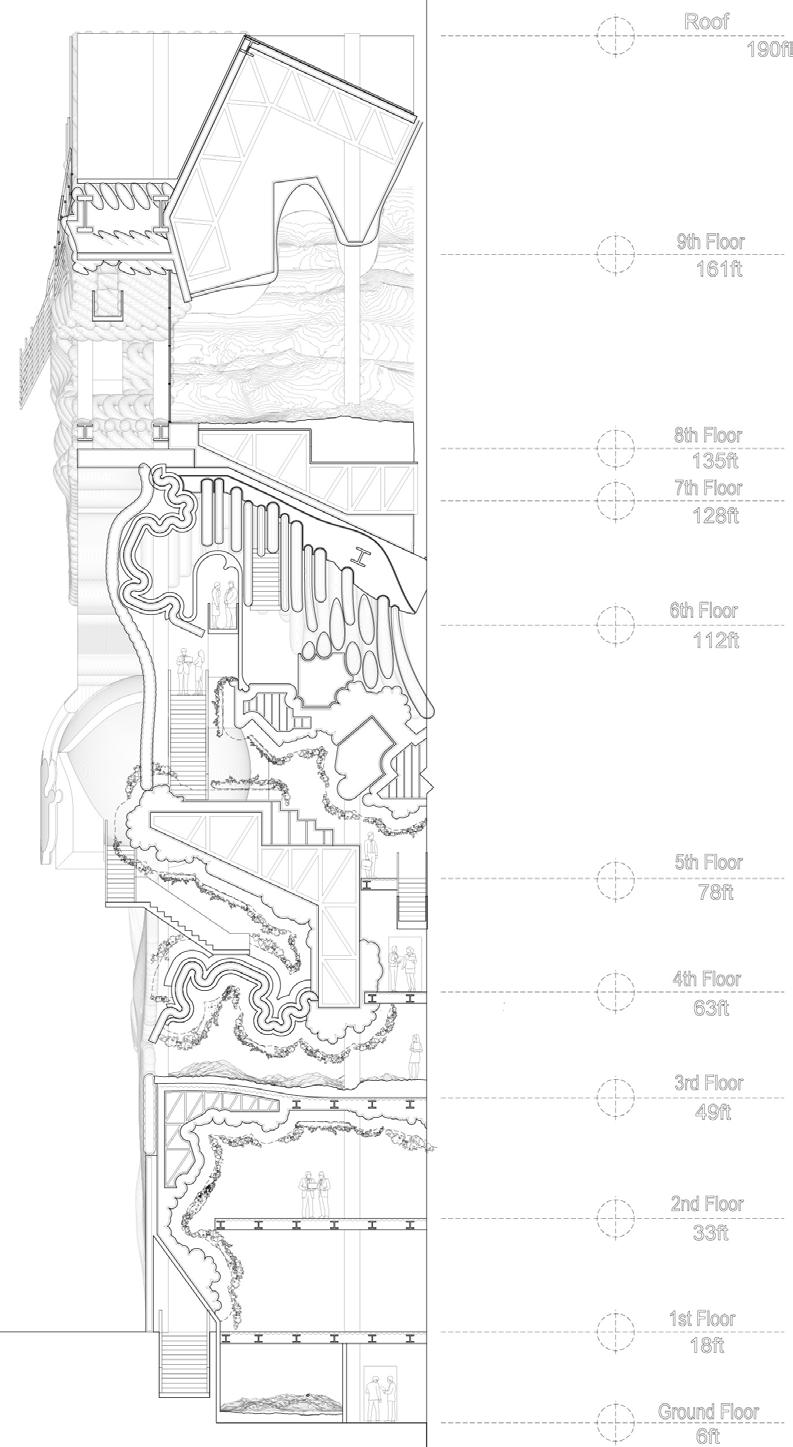
21 //Small_Section VOLUME 111
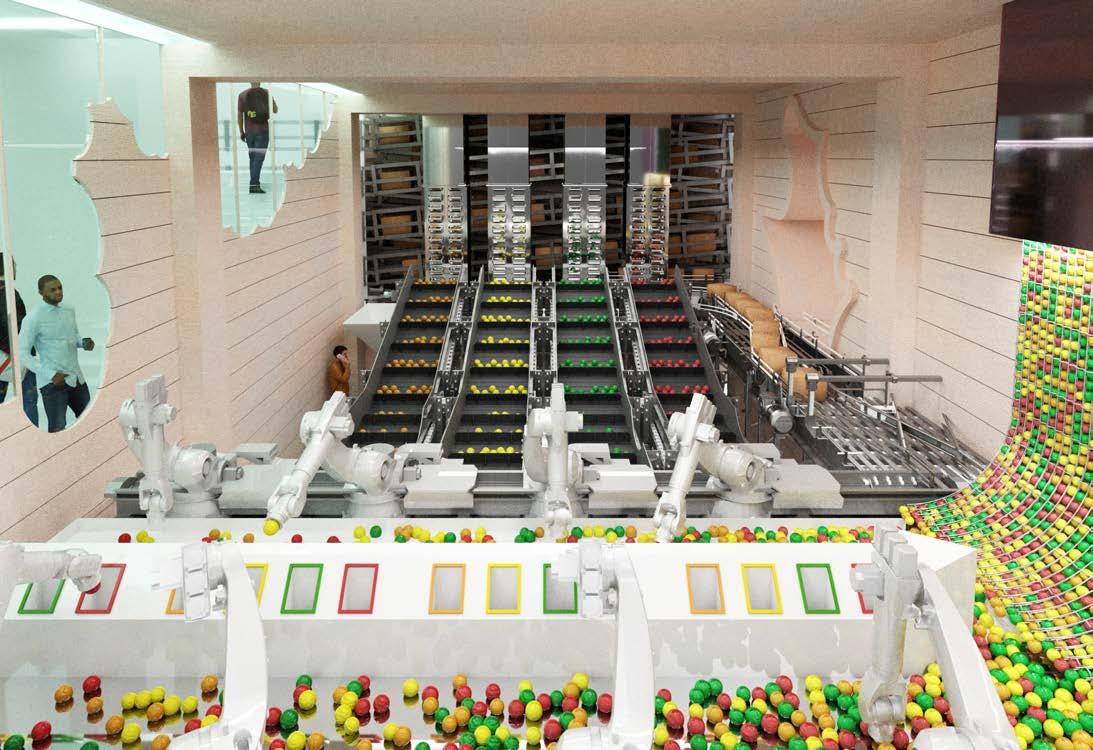
22
UPENN
//Production & Distribution

23 //Grow_Volume VOLUME 111
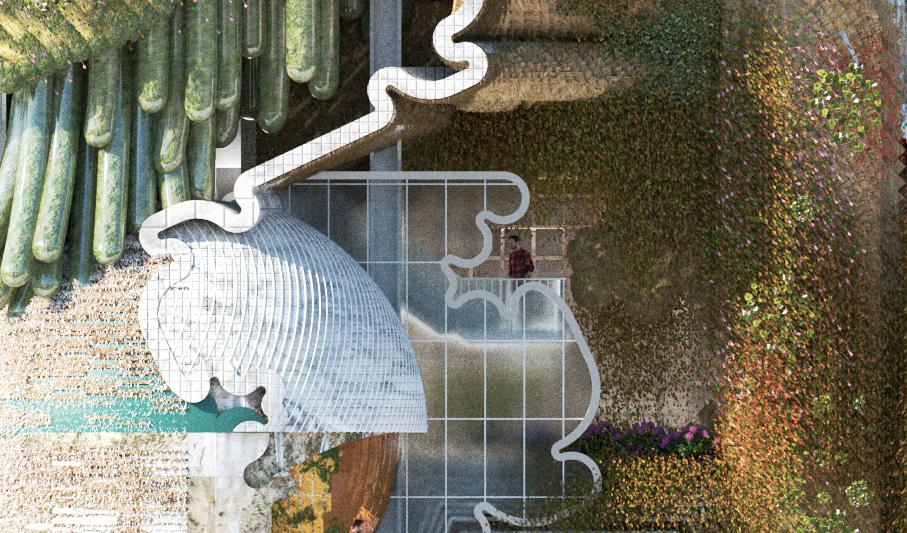
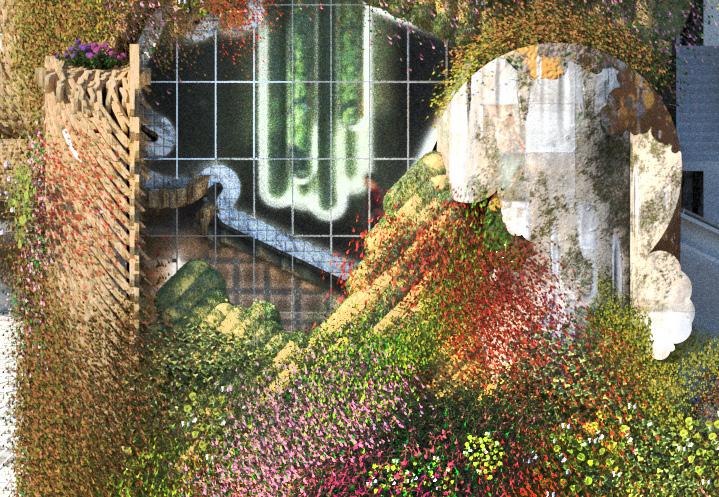
24 //Foliage_Zoom //Circumnavigation_Zoom UPENN
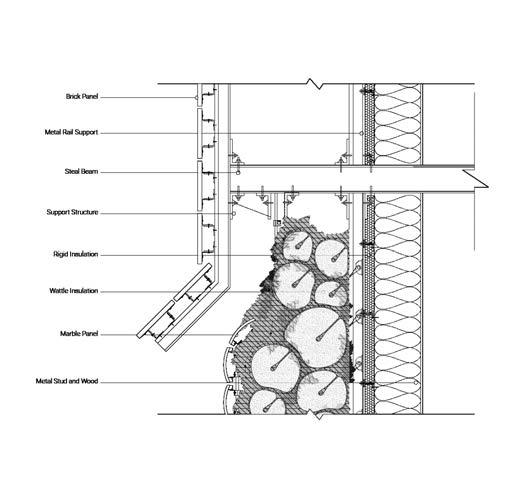


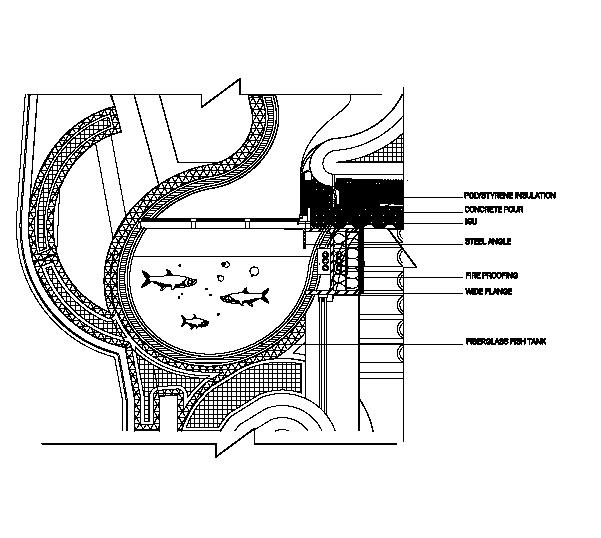


25 //Wall-Details VOLUME 111

26 UPENN
Vertical urban farming is becoming increasingly popular in New York City due to its numerous benefits. First and foremost, vertical farming allows for the efficient use of limited space, which is a valuable commodity in a city like New York. By growing crops vertically, farmers can maximize the use of space, using less land to produce more food. Vertical farming also reduces transportation costs and carbon emissions associated with food transportation, as the food can be grown and harvested within the city itself. Additionally, vertical farming uses less water and fewer pesticides than traditional farming methods, making it a more sustainable and environmentally friendly approach. In a city where access to fresh produce can be limited, vertical urban farming can provide New Yorkers with locally grown, fresh, and nutritious food, contributing to a healthier and more sustainable food system.

27
//Corner_Iso VOLUME 111
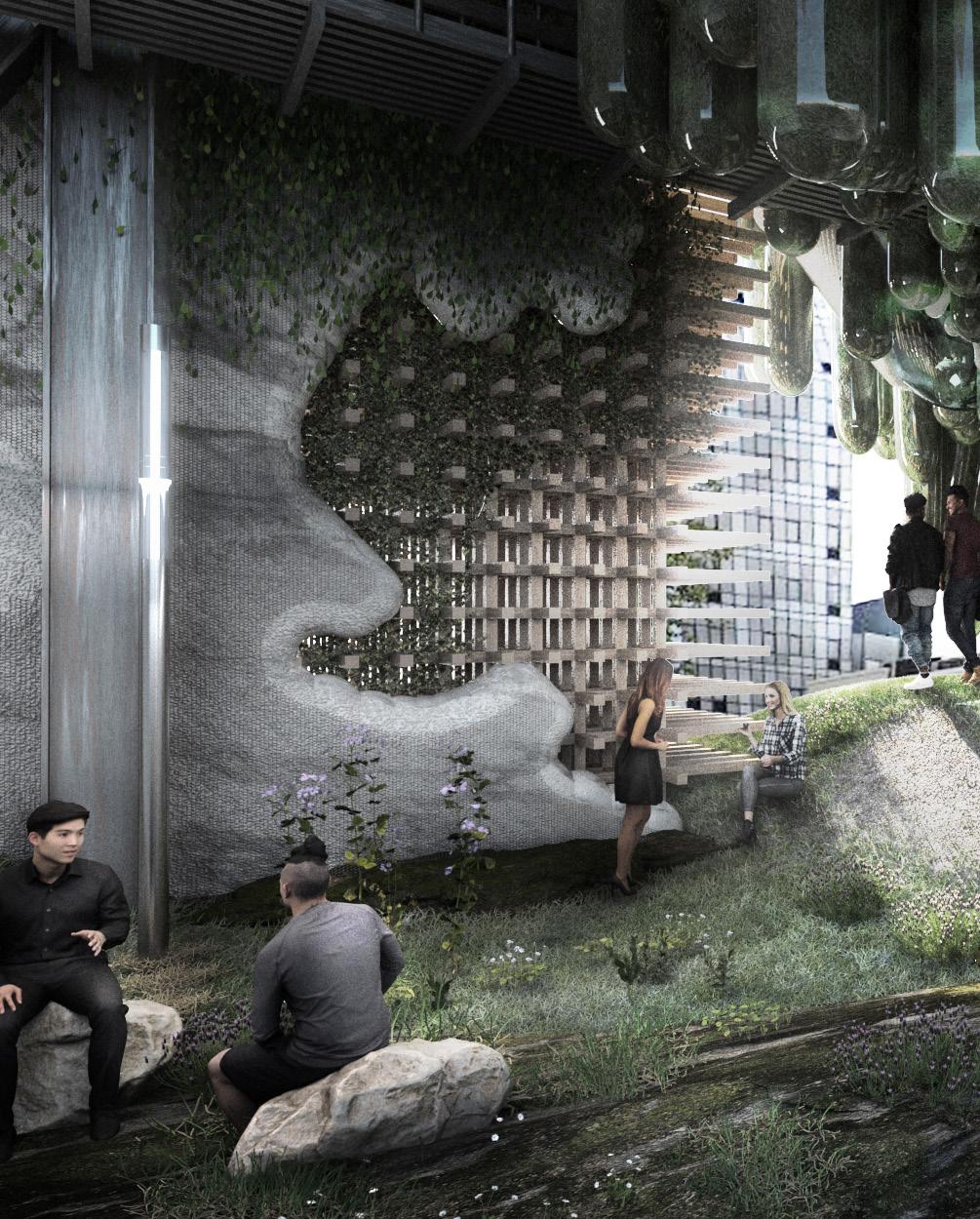
28 UPENN

29 //Interstitial_Park VOLUME 111
OMNI ORB OPERA
Omni orb is to be featured in an opera-like performance, in situ for the duration of all showings, receiving exposure to the variables such as humidity, temperature, co2 etc. that will result in state changes that appeal to human-centric senses. A multi-night theatrical performance is the best setting for this research as it exposes viewers to become aware of its presence as well as a rapidly changing uncontrolled environment that will allow variations of material expression over time. Success is measured by its result of existing through a period of multiple months. If the object has decayed to a point of no recognition, then it is to have affect and yield stimulating conversation. If it upholds its beginning characteristics, then it may allude to the ability for it to be used on a more permanent scale in the public’s day to day activities (food ware, packaging, facade, benches, etc.) The goal is one of exposure and observation, if multiple conversations follow a performance, then this is deemed a successful study.
30
Laia Mogas-soldevila with Christelle Salloum & Shane Su
2022 UPENN
Bio Materials & Exposure FA
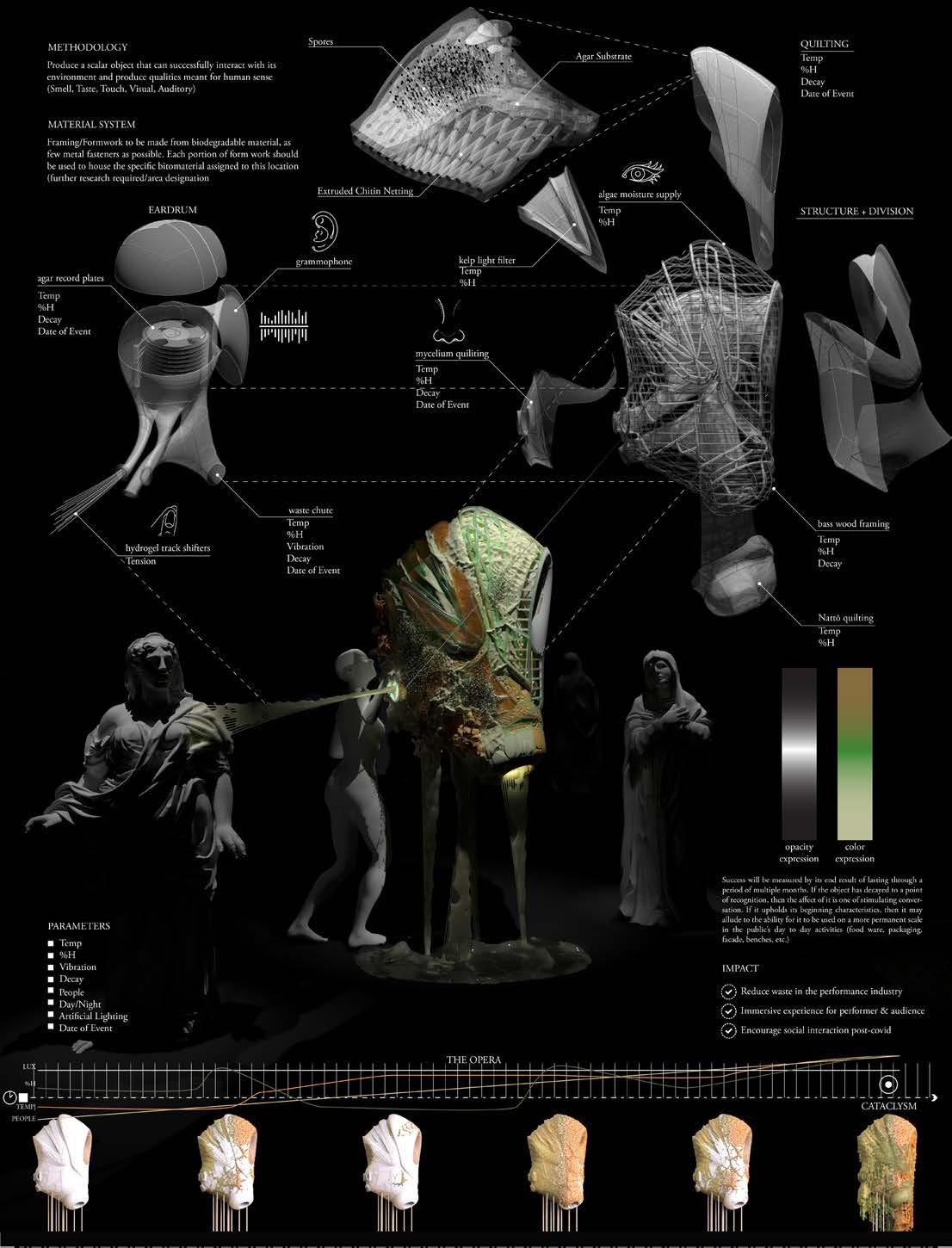
31 VOLUME 111
QUEER OBJECT
Algorithmic Senescence
Joris Putteners & Gabriel Esquivel
With James Hardt, Nate Gonzalez & Daniel Wang
Aqueer object references contextual territory through a series of pointing but never defining through the Derridean notion of indifference. The first relationship is territorial, this is an epistemological quest by looking for, pointing at, through the notion of artifacting across the raw, cooked ,and synthetic. The algorithm operates as the smooth territory itself, where the contextual territory operates as the vehicle for striation. The algorithm is not bound to a territory but places itself through a series of referential objects that are able to be artifacted from the contextual territory. The algorithm can exist in all forms of territory because it is always pointing at but never actually defines these moments. The territory is defined the moment the context is referenced and artifacted.The act of indifference and vicarious causation of referenced objects results in the contextual territory to become the vehicle of striation. Since the algorithm is in a constant state of flux, both in posture and territoriality, maturity and senescence can be derived. The duration allows for the algorithm to continue the addition of artifacts The algorithmic exhaustion, theory, and queerness are all connected through the results of simulation software. The essence of simulation is queer. The aspects of flux that are produced in terms of fluidity change and undefinability relates exactly back to queer theory..
32
III
SP
UPENN
2019
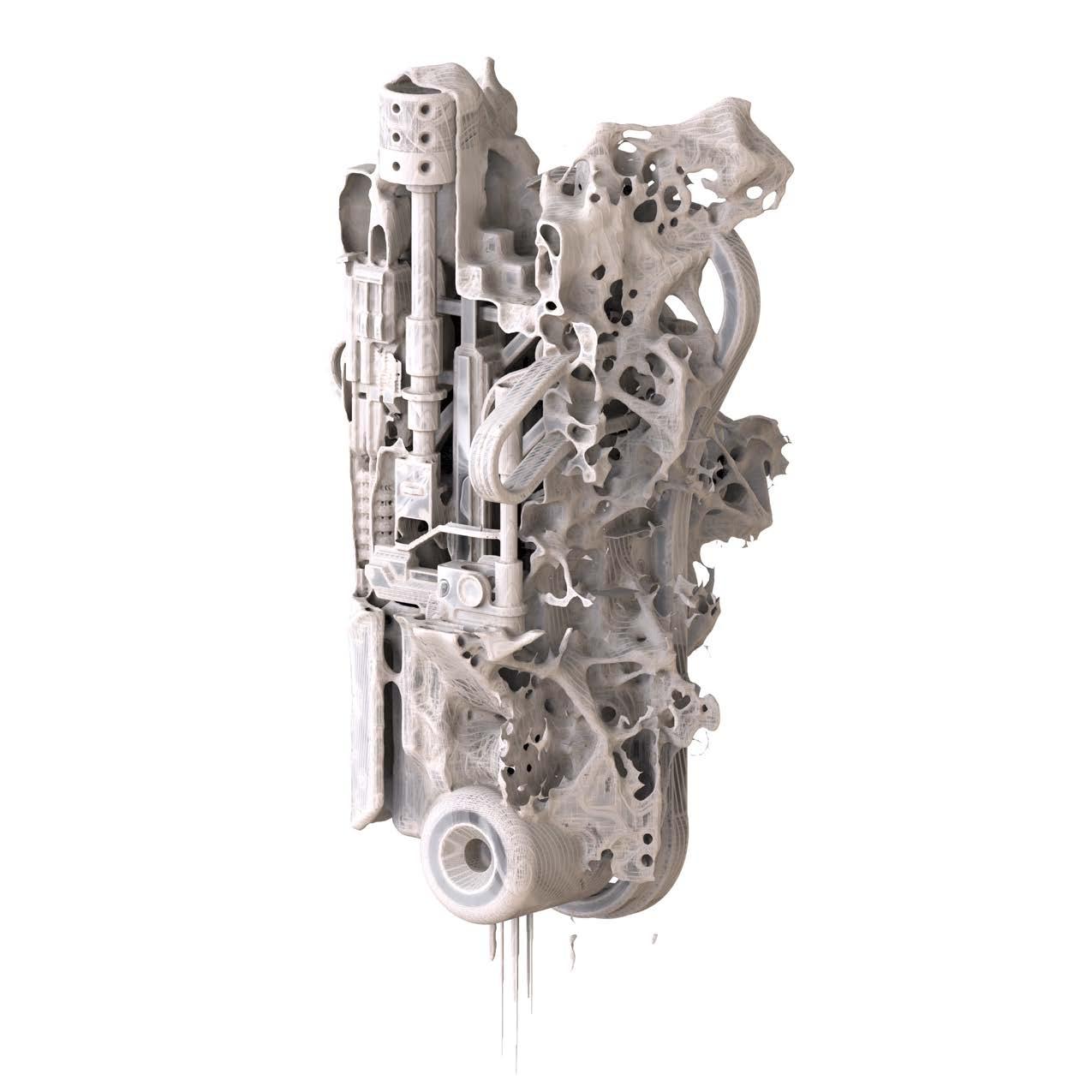
33 //Retrieved_Contextual_Artifact VOLUME 111
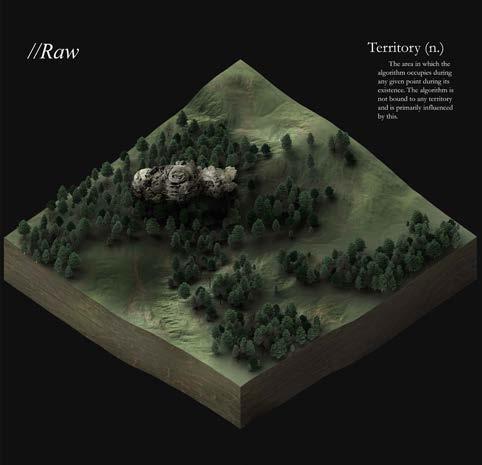

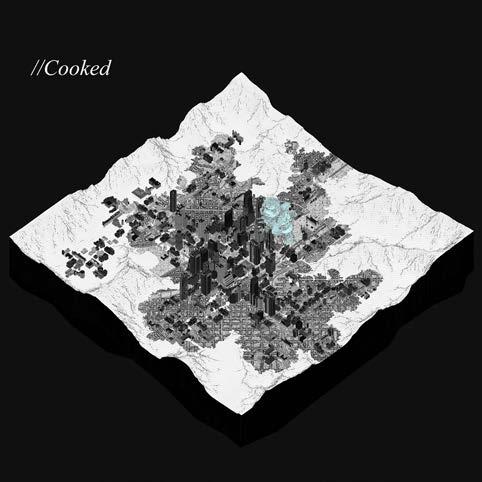

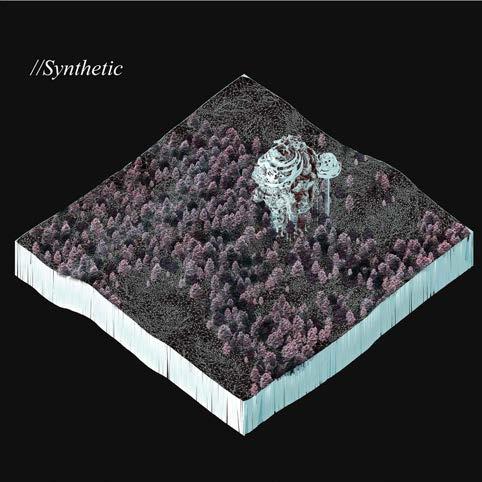

34 //Raw_Cooked_Synthetic UPENN

35
VOLUME 111
//Cooked_stage 3-Senesence

36 UPENN
TheDerridean notion of indifference can help explain the senescence of an algorithm and its overall queerness. According to Derrida, indifference refers to the idea that meaning is never fixed or stable, but rather is constantly shifting and contextual. Similarly, the function of an algorithm can become increasingly irrelevant or outdated as technological advancements and changes in society occur, rendering it obsolete or inapplicable. This process of senescence can lead to the algorithm becoming increasingly queer, or out of sync with the dominant cultural norms and values of its time. Additionally, the indifference of meaning can lead to the algorithm being repurposed or recontextualized in unexpected ways, further contributing to its queerness. Ultimately, the Derridean notion of indifference highlights the fluidity of meaning and the potential for unexpected transformations, which can help explain the senescence and queerness of algorithms as they age and are replaced by newer technologies.

37
//Artifacted_Section VOLUME 111

38 UPENN
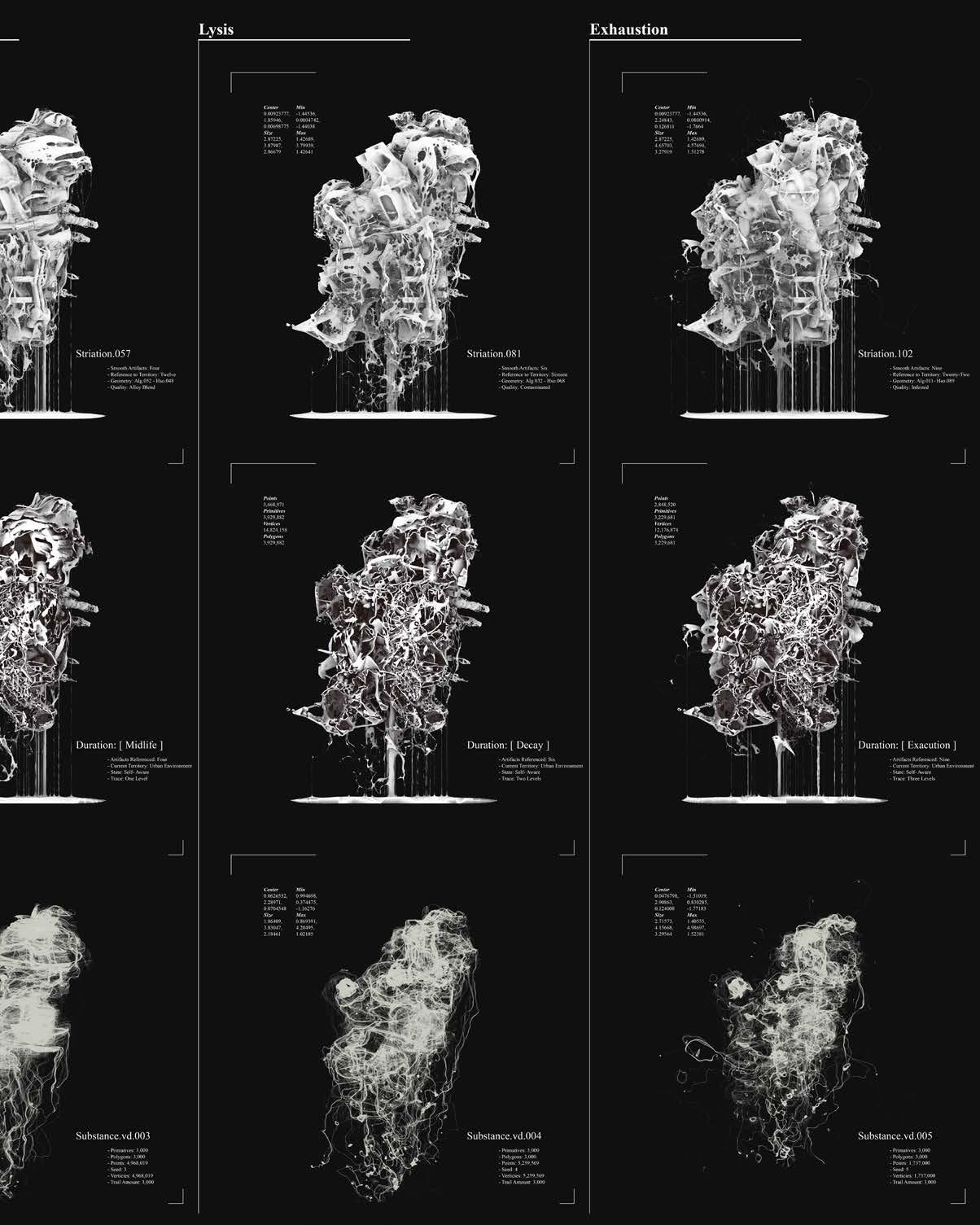
39 //Algorithmic_Taxonomy VOLUME 111
MODULUS // X
Using simulated spring physics, Modulous//X uses form finding methods based on controllable algorithmic inputs, allowing for parameters to be scrubbed through in search of identifiable moments of nuance through strict connections of single ruled surfaces that are both axial and unruly. The result is derived from a single closed curve input and then deformed based on spring constants.

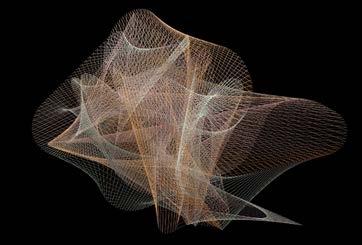

40
Ezio Blassetti with Harsana Siva & Macky De la Pierda UPENN
Flexible
Communal Living SP 2021
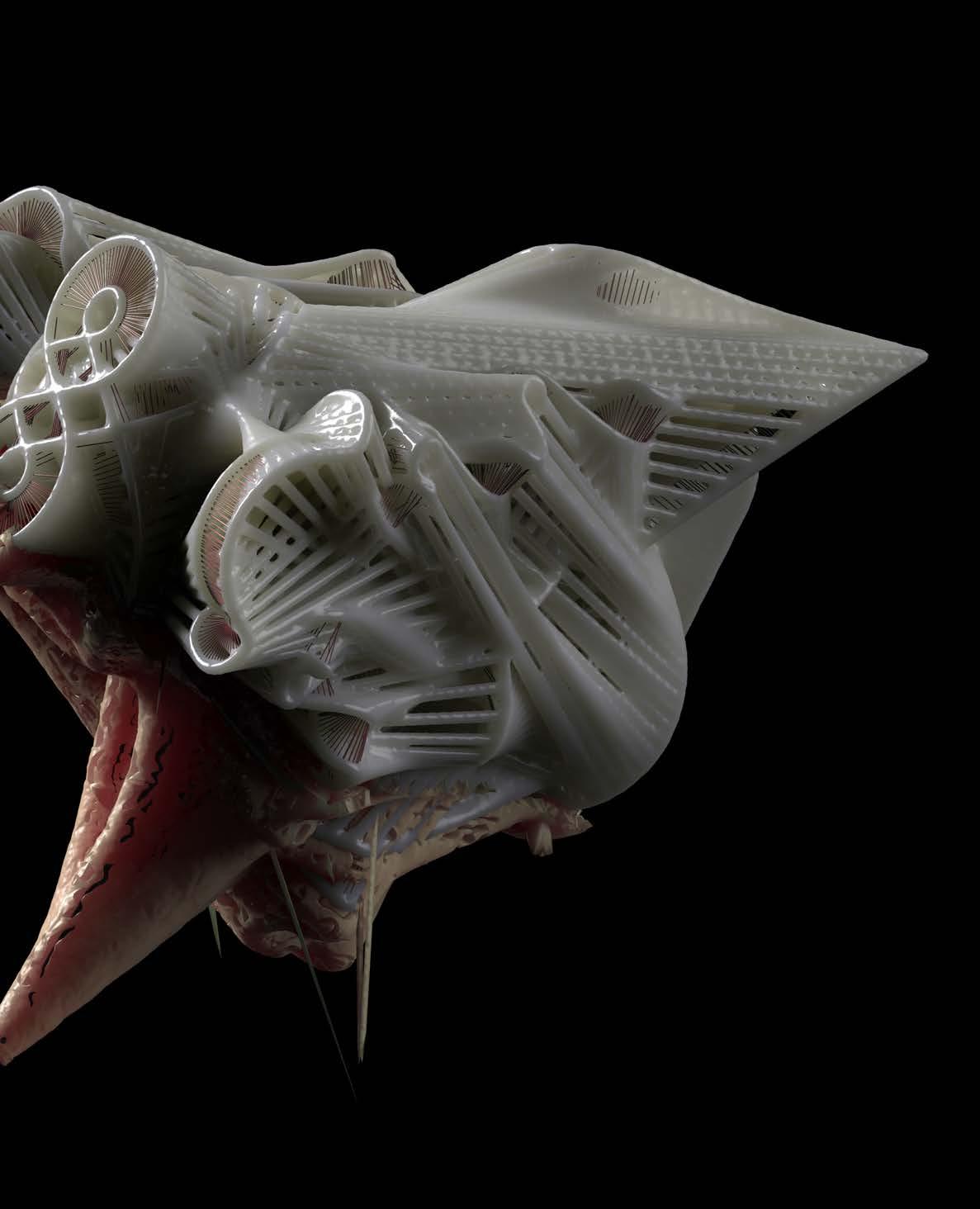
41 //Scripted_Lithing VOLUME 111
In the ever stressed ecology of the earth, a series of consequences through our bastardization of the planet’s resources, these Extra-Mediums (or XM’s) begin to interface with us, branching between the XS (Anthropocene) and the XL (Hyperobjects) providing local instances of non-local ontologies. These XM’s operate emphatically on a geological scale, pushed outside of abstraction and into their complete nature. By understanding that the emergence of these XM’s are an unavoidable consequence of our actions, rather than choosing to ignore these problems, this thesis aims to explore new ways of handling mass consumption and disposal through new organizational structures that lay within the boundaries of geological scales, brute force computation, and multiplicity of program. The results of intervening on a geological scale on a variety of independent sites through the use of artificial neural networks will create site specific outcomes, all of which aim to reclaim and renew sites that we have written off as too dangerous, allowing for the interfacing of these hyperobjects with us through architectural means.
42
XM
IV
ADVISOR: ANDREW SAUNDERS
UPENN
E-Waste as 21st century Geoglyph FA 2021 - SP 2022
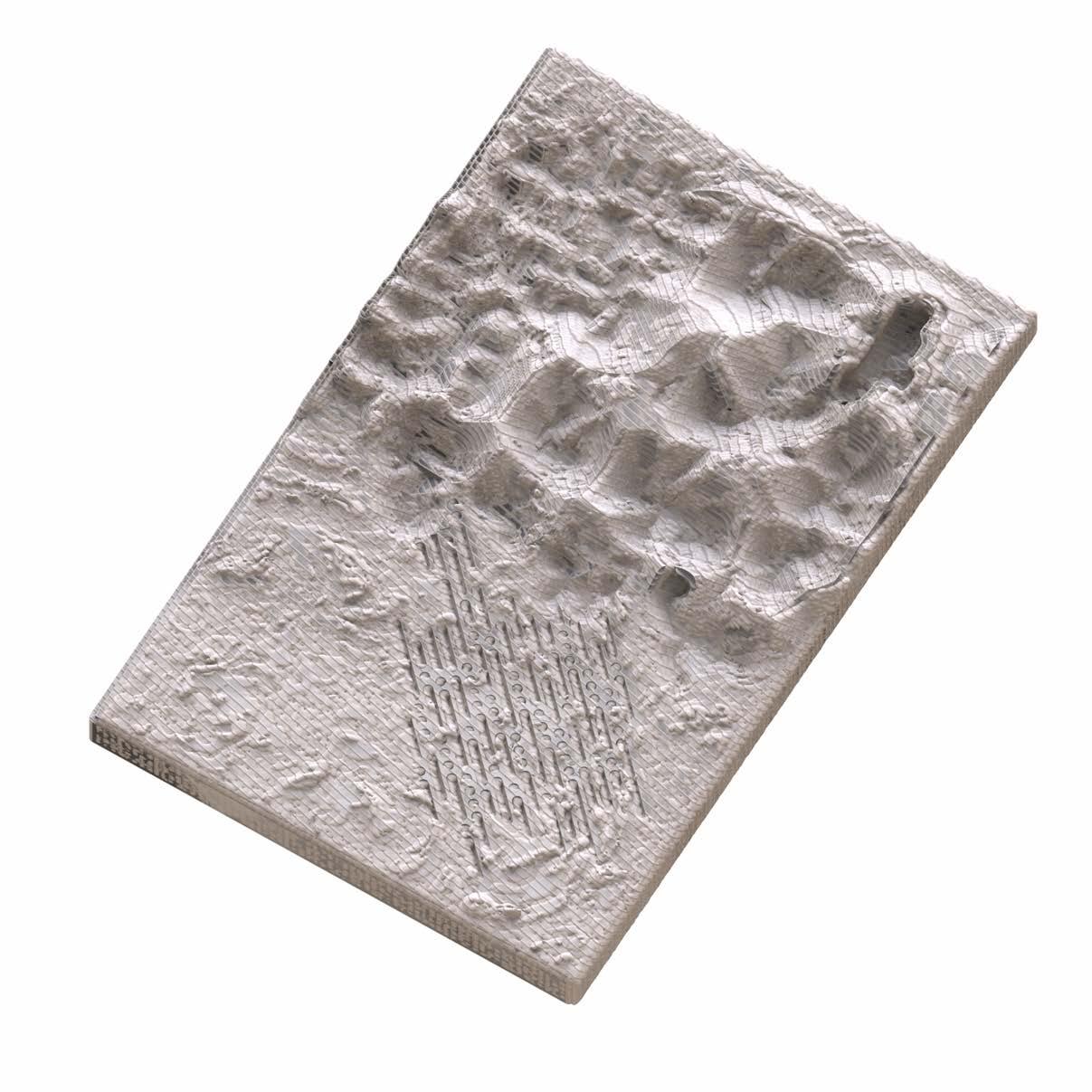
43 //Organizational_Tectonics VOLUME 111

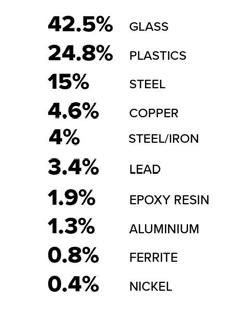
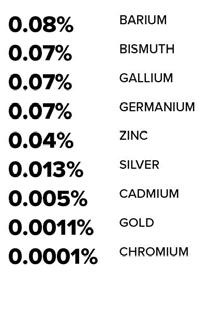
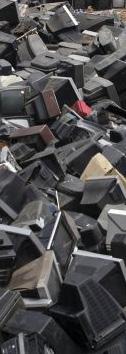




44 //E-Waste_Material_Breakdown UPENN
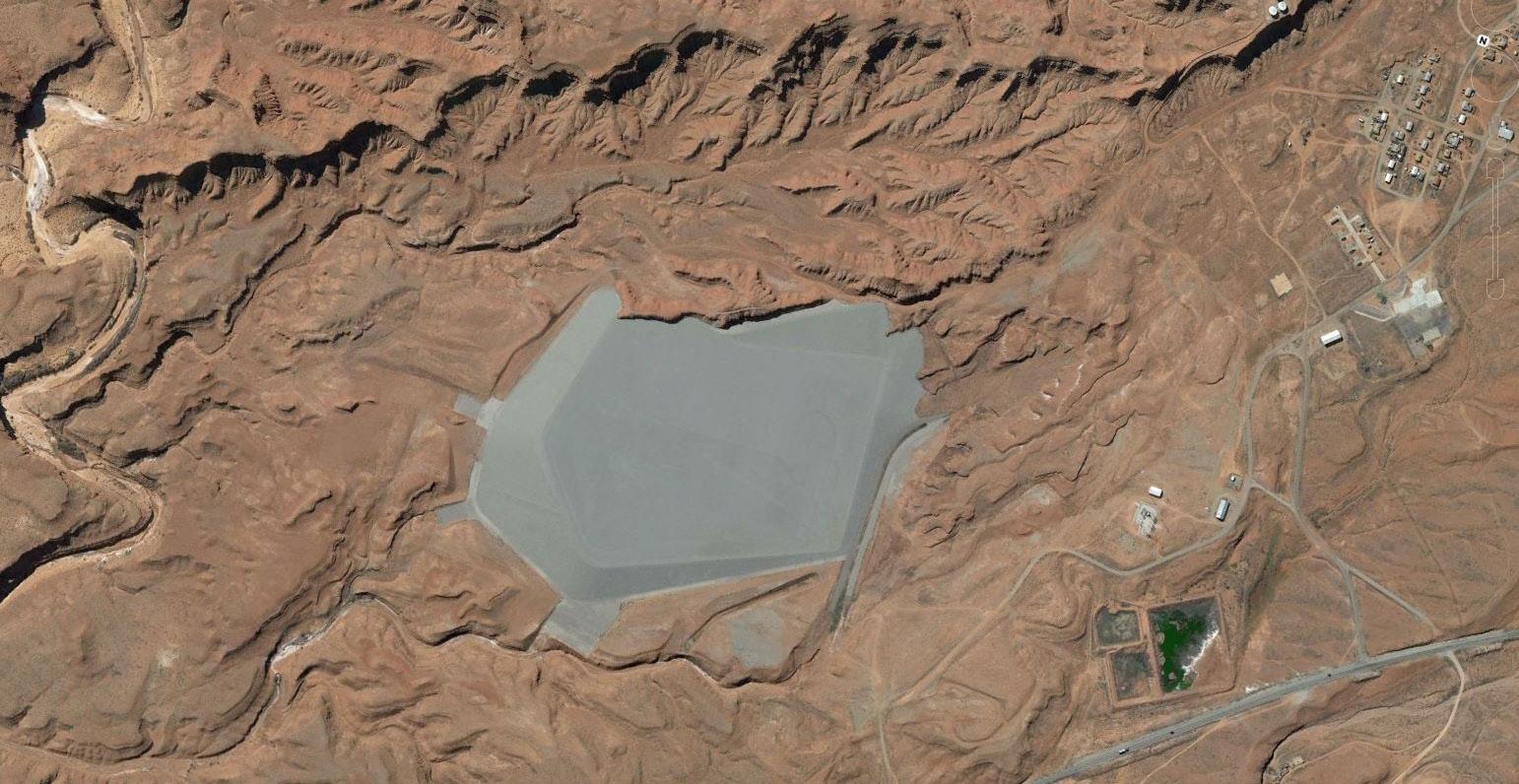
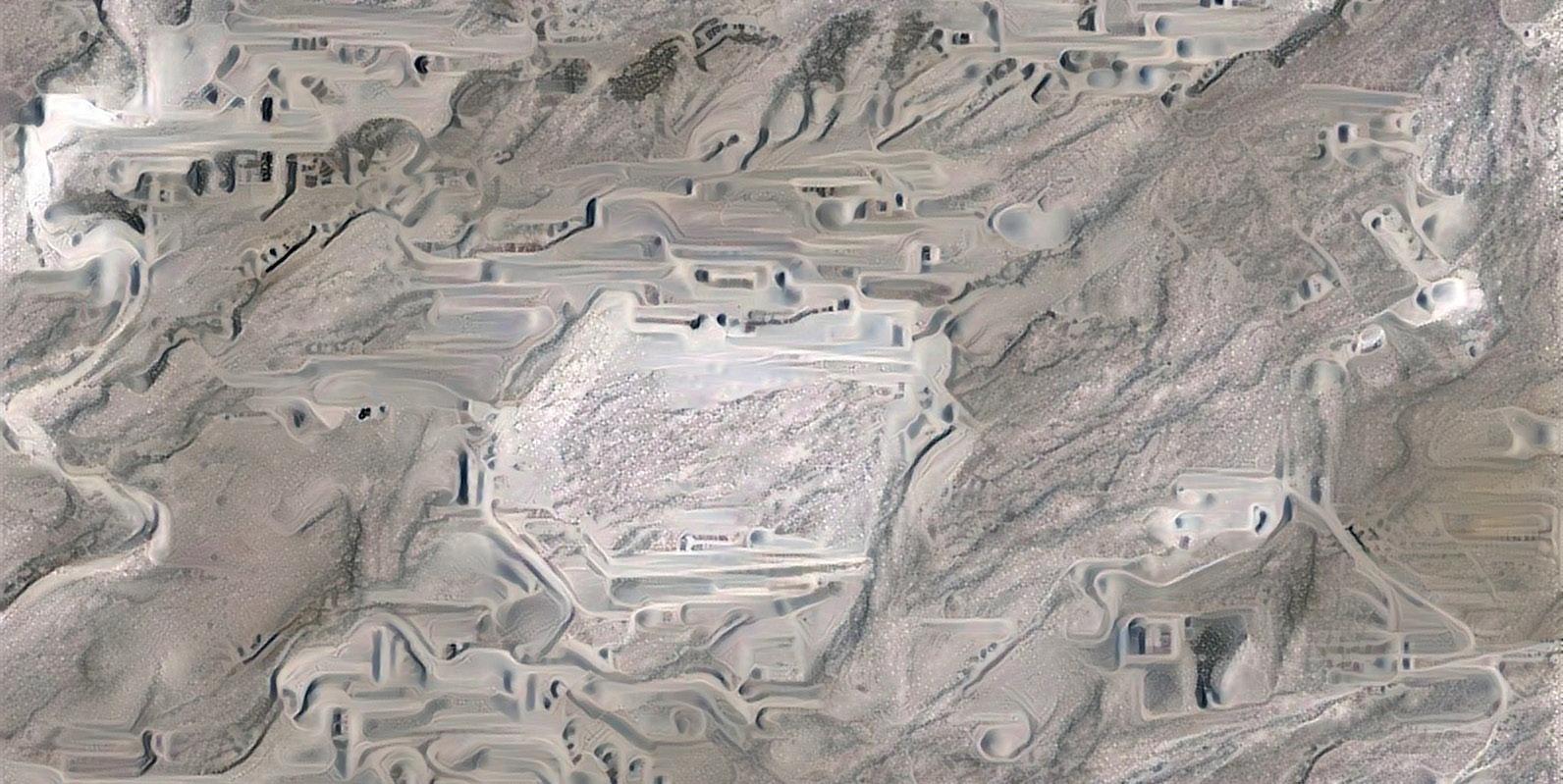
45 //GAN_Interpretation VOLUME 111

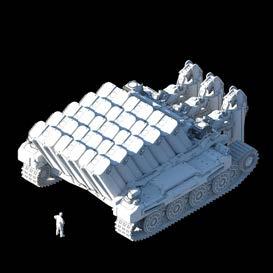
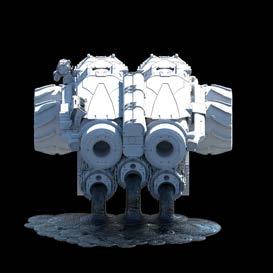
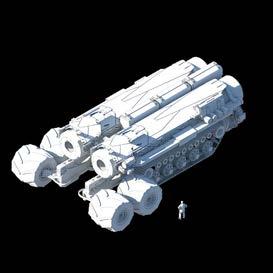
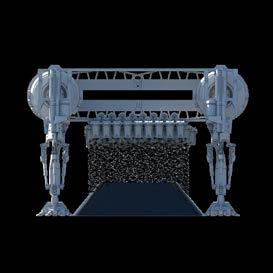
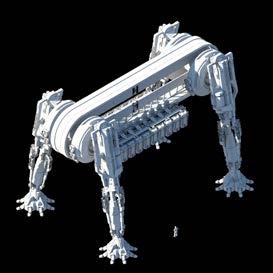
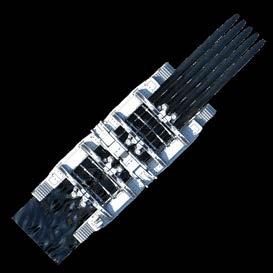



46 //Machined_Tectonics UPENN


47 //Coffin_Maker VOLUME 111


48 //Tectonic_Zoom UPENN



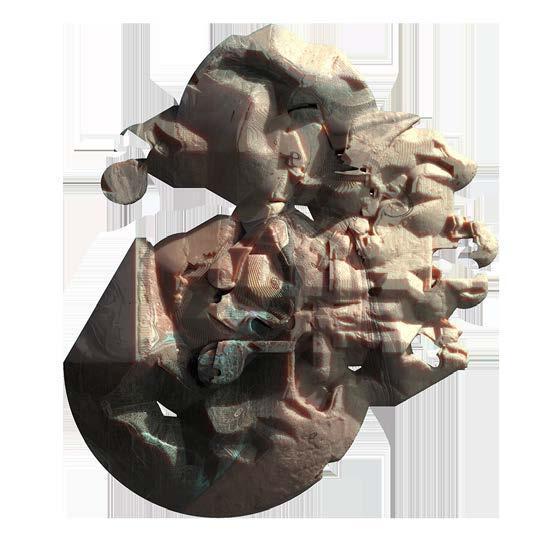
49 //GAN_Organization VOLUME 111
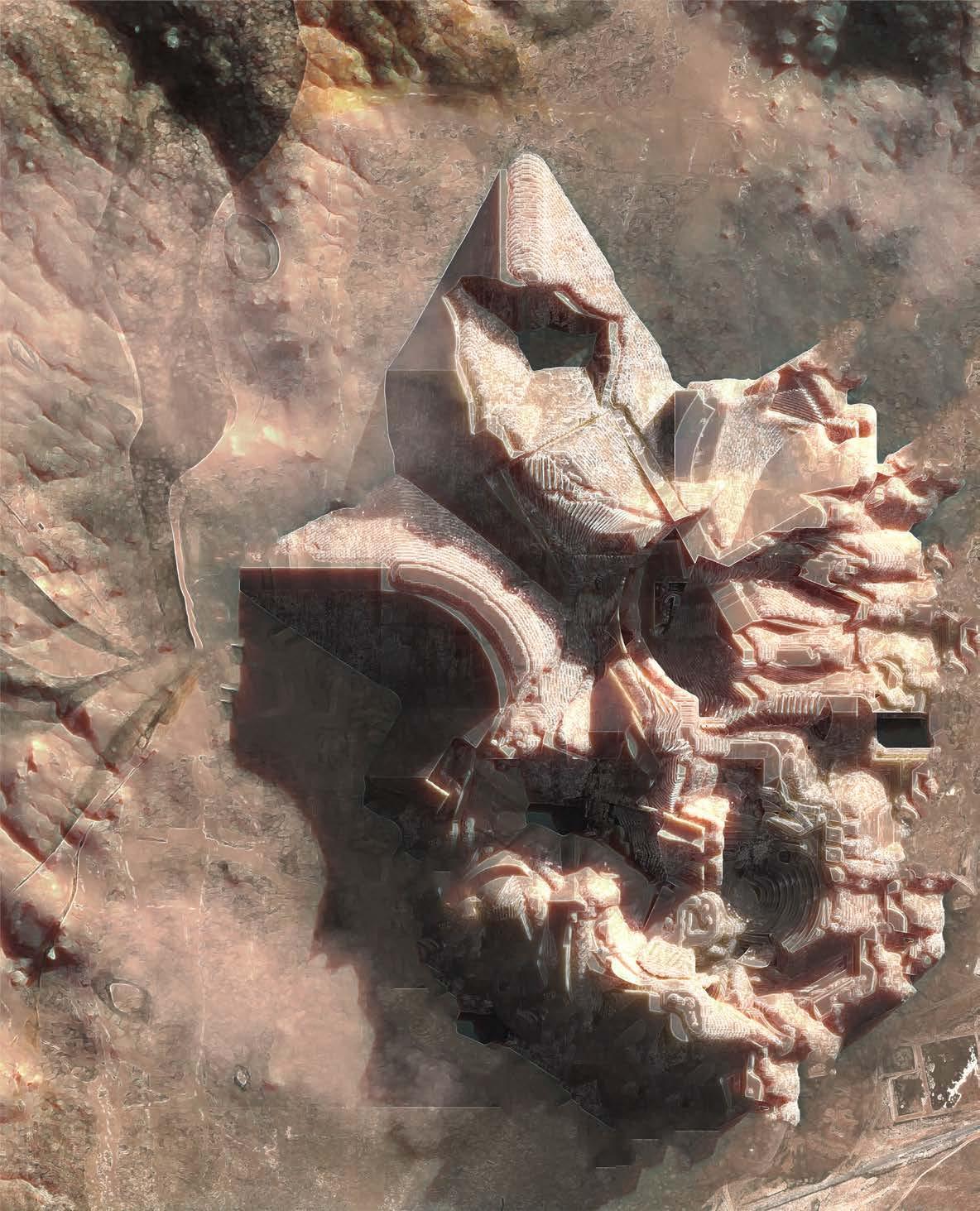
50 UPENN
Electronic waste, also known as e-waste, is a major environmental issue that poses a threat to human health and the planet. One potential solution is to repurpose e-waste into large geoglyphs, and artificial intelligence can be used to organize and design these sculptures. Generative Adversarial Networks (GANs) are a type of machine learning algorithm that can generate new images and designs based on input data. By using GANs to organize and design the e-waste into geoglyphs on previous superfund sites, we can create visually stunning sculptures while also mitigating the harmful effects of e-waste. Additionally, GANs can be trained to use e-waste in the most efficient and sustainable way possible, reducing the amount of waste generated during the creation of the geoglyphs. Overall, the use of GANs in the creation of e-waste geoglyphs offers a promising solution to the environmental challenges posed by e-waste, while also providing a unique and visually striking form of public art.

51
//GAN_Organization_On-Site VOLUME 111
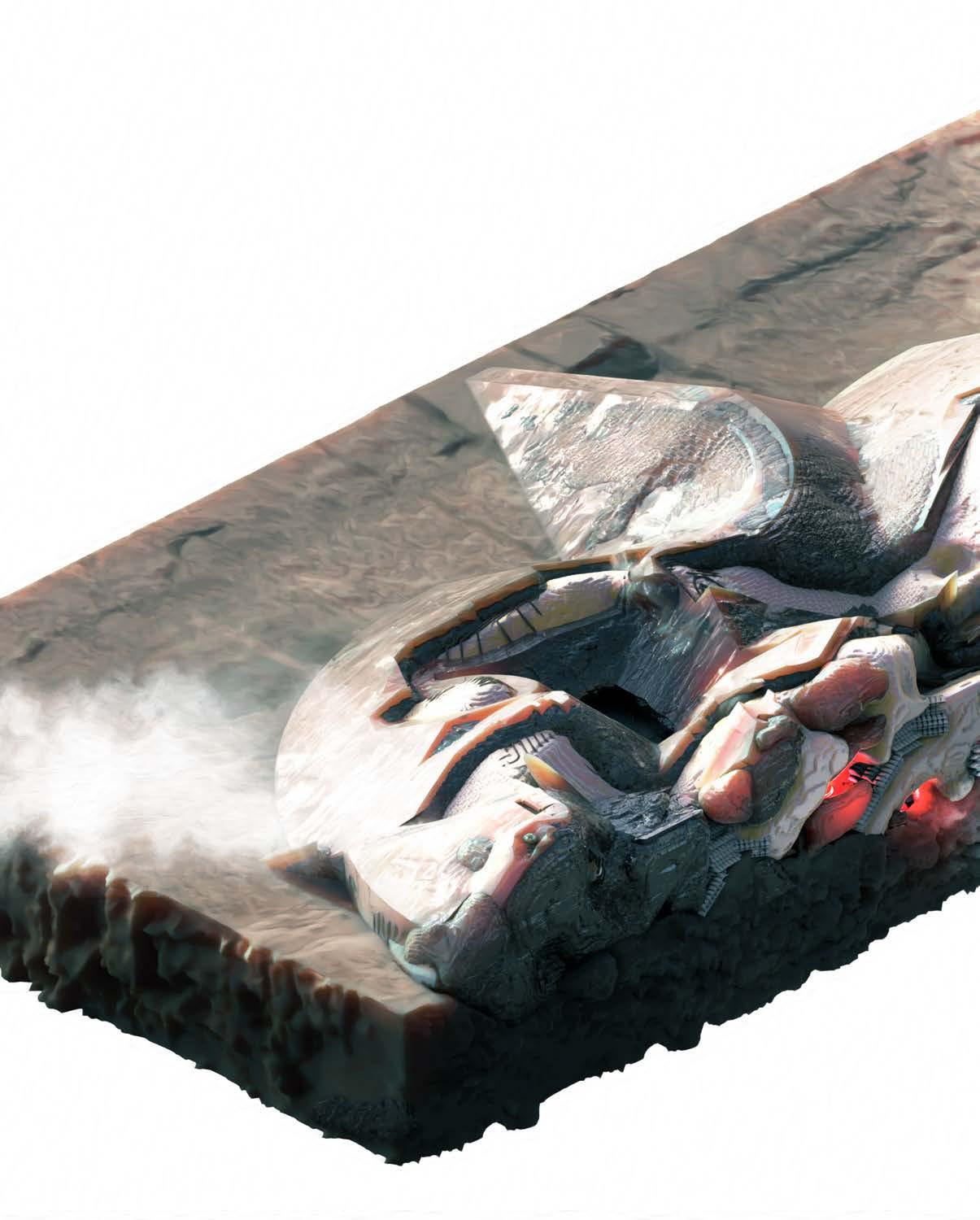
52 UPENN

53 //XM-Section VOLUME 111
AMALGAMATE
Referencing Palladio’s Villa Rotonda and Zaha’s MAXXI, this drawing merges the function of a villa and the function of a museum to establish a new system of production, creating a secular factory that contains residency, leisure, production and distribution. Not to be confused as a vehicle for the dystopic, but rather the type of space required during the secondary phases of off world travel, the first being the initial settlement. The reason for such a plan to be conceived is the lack of infrastructure and supplies that might be available, and comparatively to the way our societies have progressed over long spans of time to eventually incorporate each function packed into this plan as separate. A conclusion can be drawn that mass hybrids of plans such as these might exist, once off world structures move away from modularity and begin producing resources outside of the basic needs.

54
Miroslava Brooks
UPENN
Canonical Drawing Hybridizations FA 2020
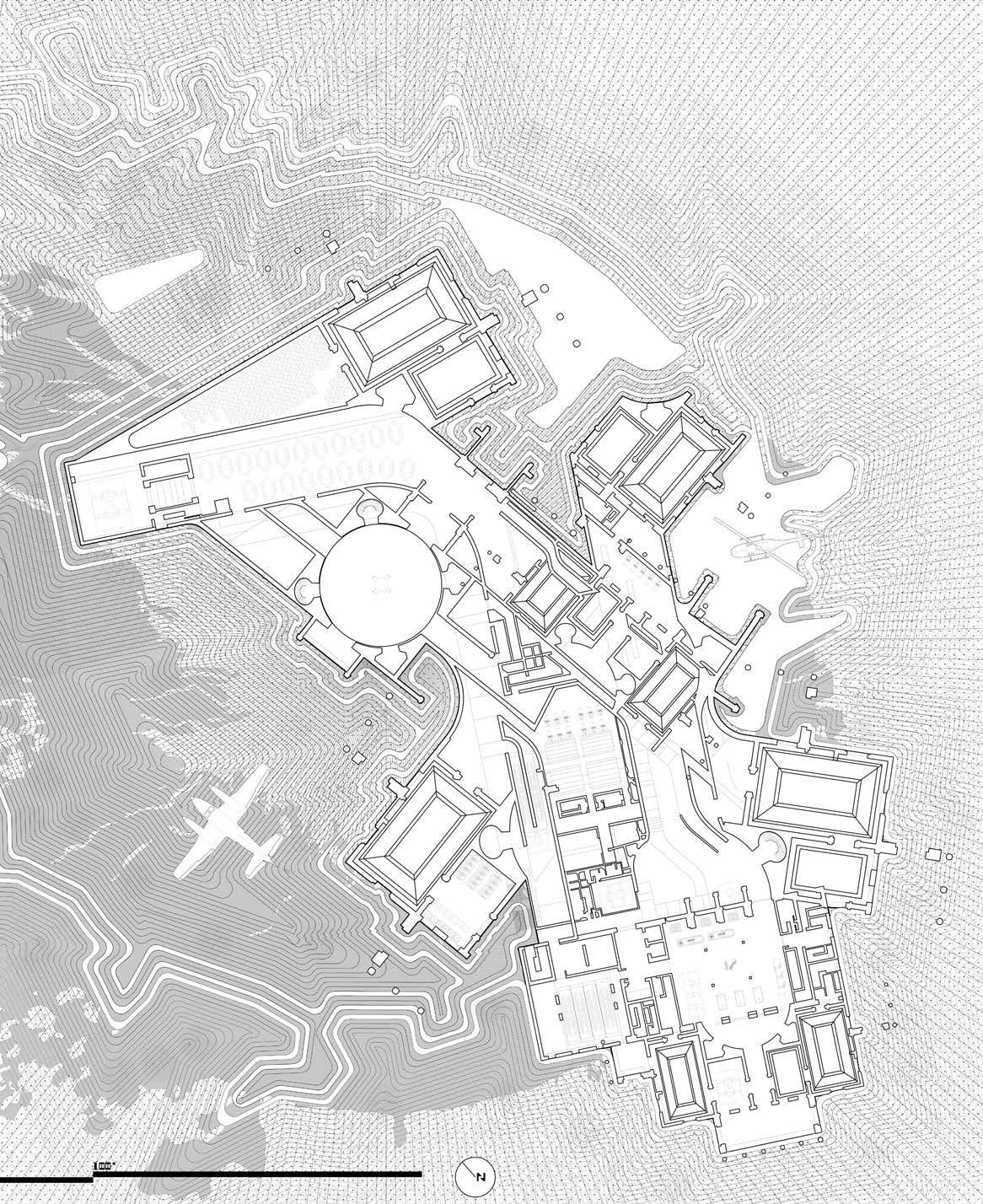
55 VOLUME 111
NEOTERIC
WeWork + Winery SP 2020
Focusing on the ecology of the surrounding site, special attention was given towards the mediation between flooding and the neighborhood of Manayunk, PA. By utilizing large blocks of mass, NEOTERIC begins to divide the site through indexical means, creating a series of spaces that span between public and private, a new campus. By situating the winery and incubator spaces atop a large plinth, which has been shifted off axis, these spaces are now out of reach in case of potential flooding, as well as using the plinth to provide a barrier to a large portion of Manayunk, mitigating against heavy surges of water. Outside of the performative plinth geometry, the division of site creates pockets of public space that can be utilized by various acts of assembly, creating spaces for the community, both on site and plinth, that can be shared by both a winery and private incubator space, avoiding the complete privatization of the site from the neighborhood.
56
V
HOK Futures Competition with Danny Ortega
UPENN

57 //Stilted_Wine_Cellar VOLUME 111


58 //Winery_Main-Entrance //WeWork_Pods UPENN
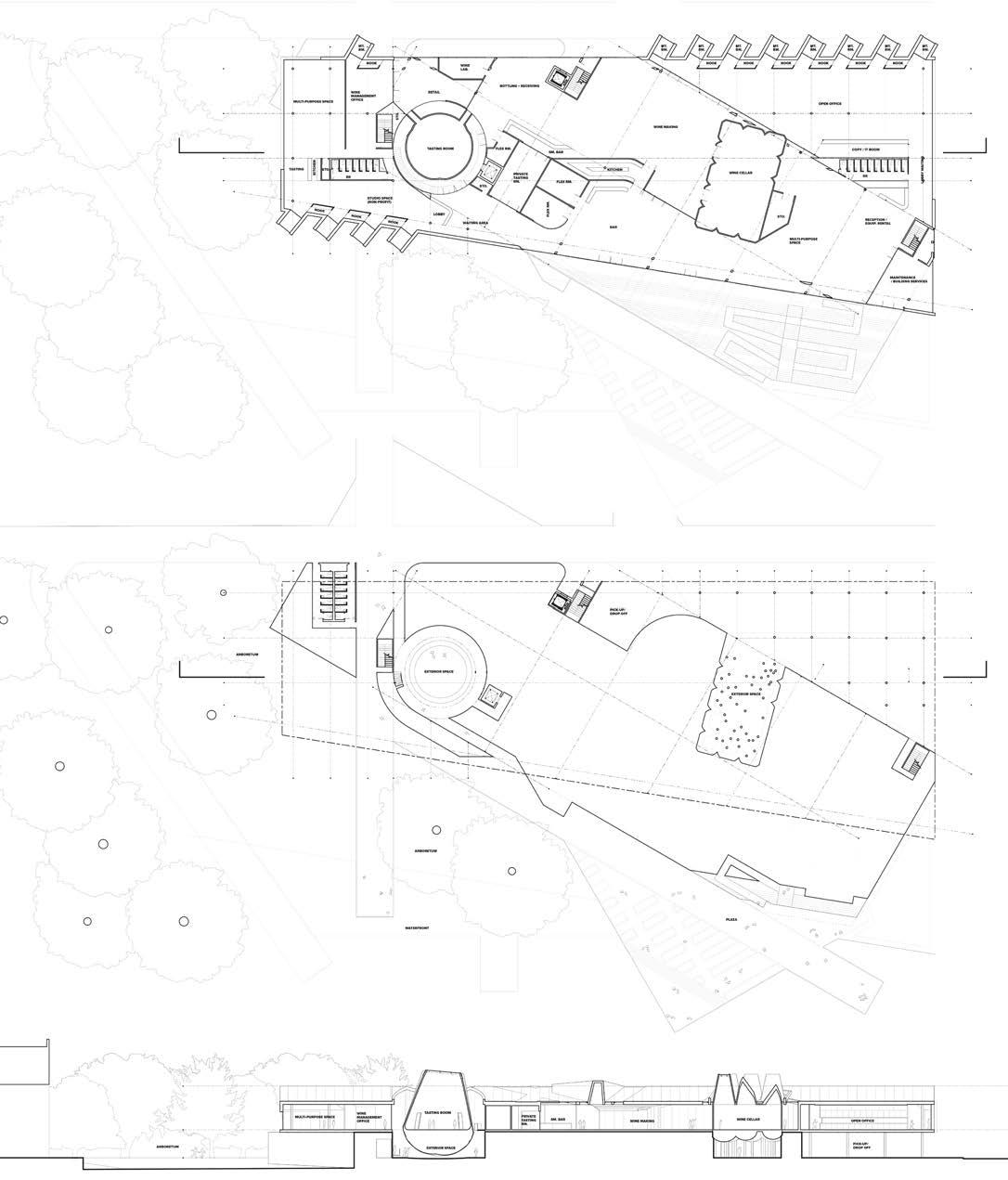
59 //DD_Drawings VOLUME 111

60 //Meditation_Garden UPENN

61
VOLUME 111
//Interior_Winery

62 UPENN
The Schuylkill River is a major waterway that flows through southeastern Pennsylvania, and it has the potential to aid in wine production. Water is a crucial component of winemaking, and the Schuylkill River can provide a reliable source of water for irrigation and vineyard maintenance. In addition, the river’s proximity to the vineyards can help moderate the temperature, which is important for creating optimal growing conditions for certain types of grapes. Furthermore, the river’s alluvial soils can also provide nutrients for the vines, which can result in better grape quality and higher yields. Overall, utilizing the Schuylkill River can be a valuable resource for winemakers in the area, providing access to water, moderating temperature, and enriching the soil, all of which can contribute to the creation of high-quality wines.

63
//Program_Crossroad VOLUME 111

64 UPENN
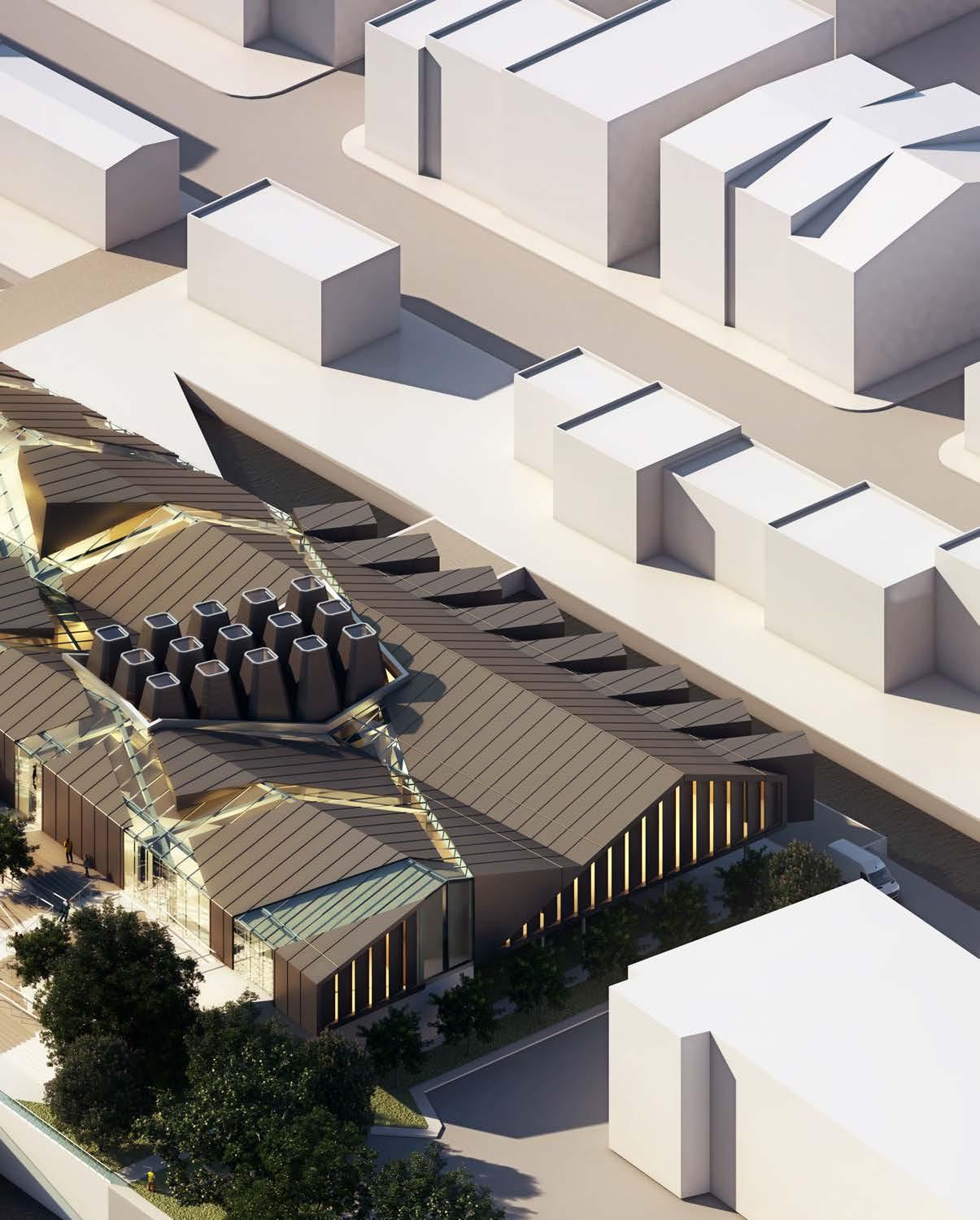
65 //Site_Axon VOLUME 111
SKY-HOUSE
Agiant solar roof hovers on top of Sky-House, creating a shaded microclimate beneath. This style of roof is coined as an Earth Protector, referring to its kindness to the earth and to the inhabitants below. The solar array contains 50 commercial grade solar PVs, normally used for solar fields outside the city, tilted up to create a sawtooth profile in the building’s elevation. This array produces 3.6 MWh/year of power, making it 360% energy positive, enough to power four homes of this size. The house therefore does not draw power from the city, but rather feeds power into it, revealing a new model for sustainability based on excess rather than lack. The Underside of the roof becomes a surface for video art projection, visible far away from Sunset Boulevard. A vortex stair spirals down from the roof, replacing the circulation of the historic house, connecting all levels with deep diagonal views across the space and out to the city through glass. A new office-- the owner’s “control bridge”-is tucked between the roof and the existing balconies, featuring commanding, 300 degree views of the city.

66
Tom Wiscombe
UPENN
Roof Protector SU 2021
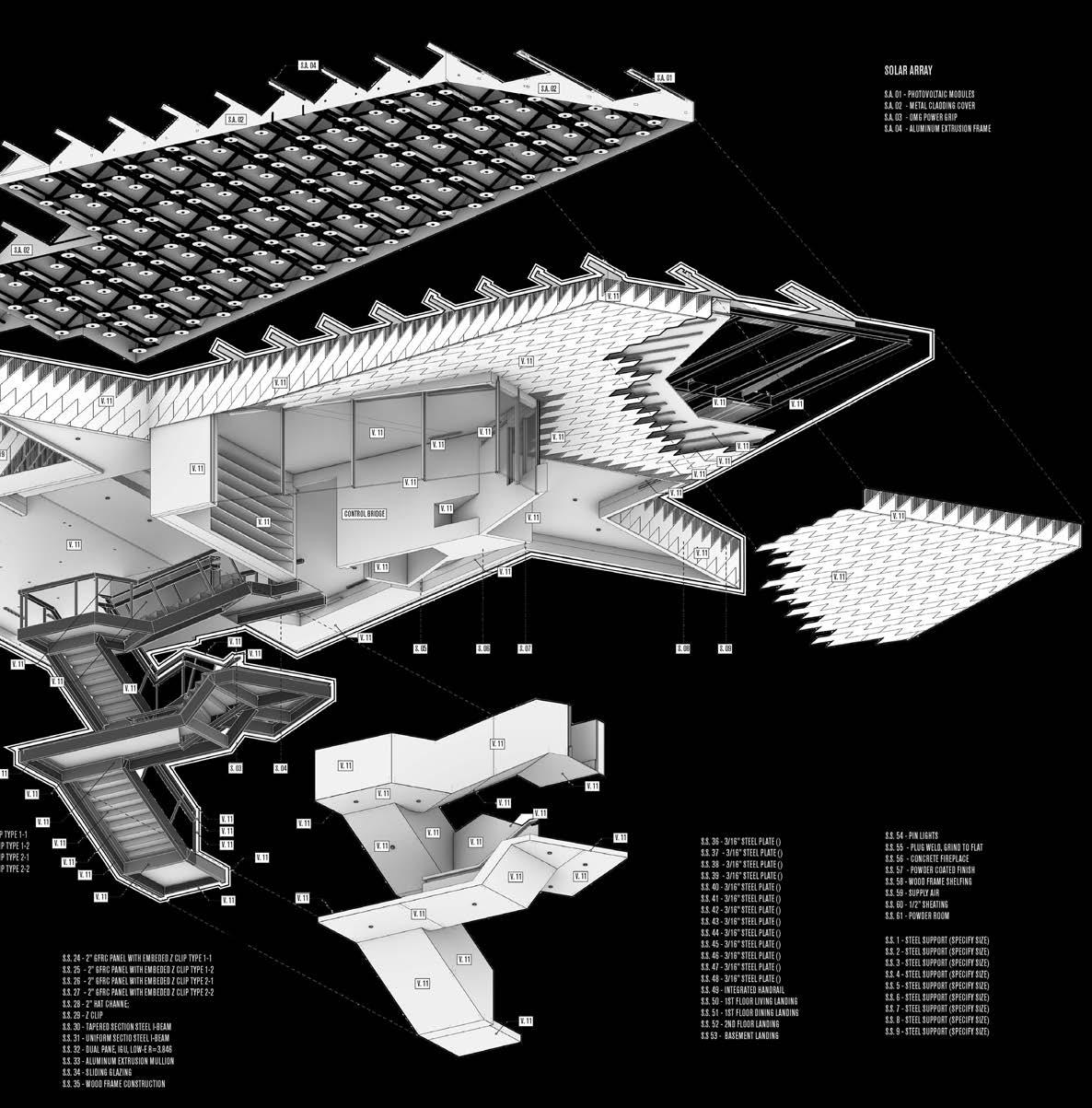
67 //Godzilla_Section VOLUME 111
NYX
Jonas Coersmeier
FA 2020
Focusing on conditions of Hyper-density and infrastructure, The New York X, or NYX, is the result of synergy between the desire to create a high rise while defeating the possibility of gentrification as an outcome. Situated on NYCHA housing, between the Navy yard and BQE, this project dances with the BQE while remaining respectful of current residents in the social housing of 45 N. Elliott place. The outcome creates a central node of transportation to relieve pressure from the constant use of the BQE as well as create a one stop shop before Brooklyn grows and commuting becomes exceedingly more difficult. By routing multiple forms of transportation through this hub, stacking infrastructure on pre-existing infrastructure, commerce will commence, globally, locally and internally. The revenue produced will go directly to the current and new residents by paying for utilities as well as property taxes, creating fixed rent for decades. Since the fear of gentrification is incredibly relevant to the addition of high rises and luxury housing, this economic module can slow down the rates of displacement of socioeconomic classes, so as tax rates inevitably increase as Brooklyn grows, this can be avoided. If this economic model is viable, then a series of these can begin being constructed over current NYCHA housing, ultimately slowing the process of gentrification.
68
VI
Social Housing & Hyperloop
UPENN
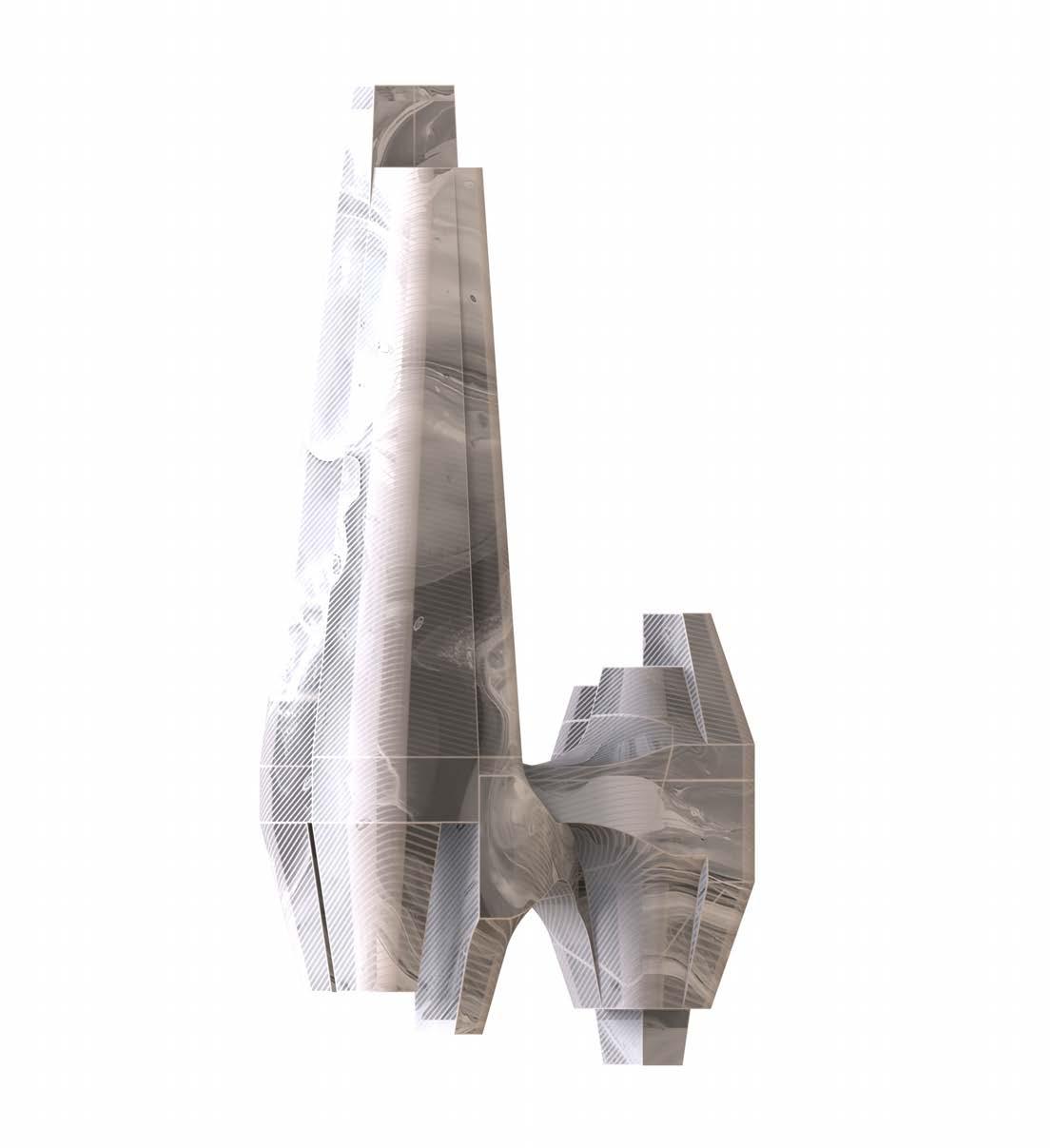
69 //Massing VOLUME 111
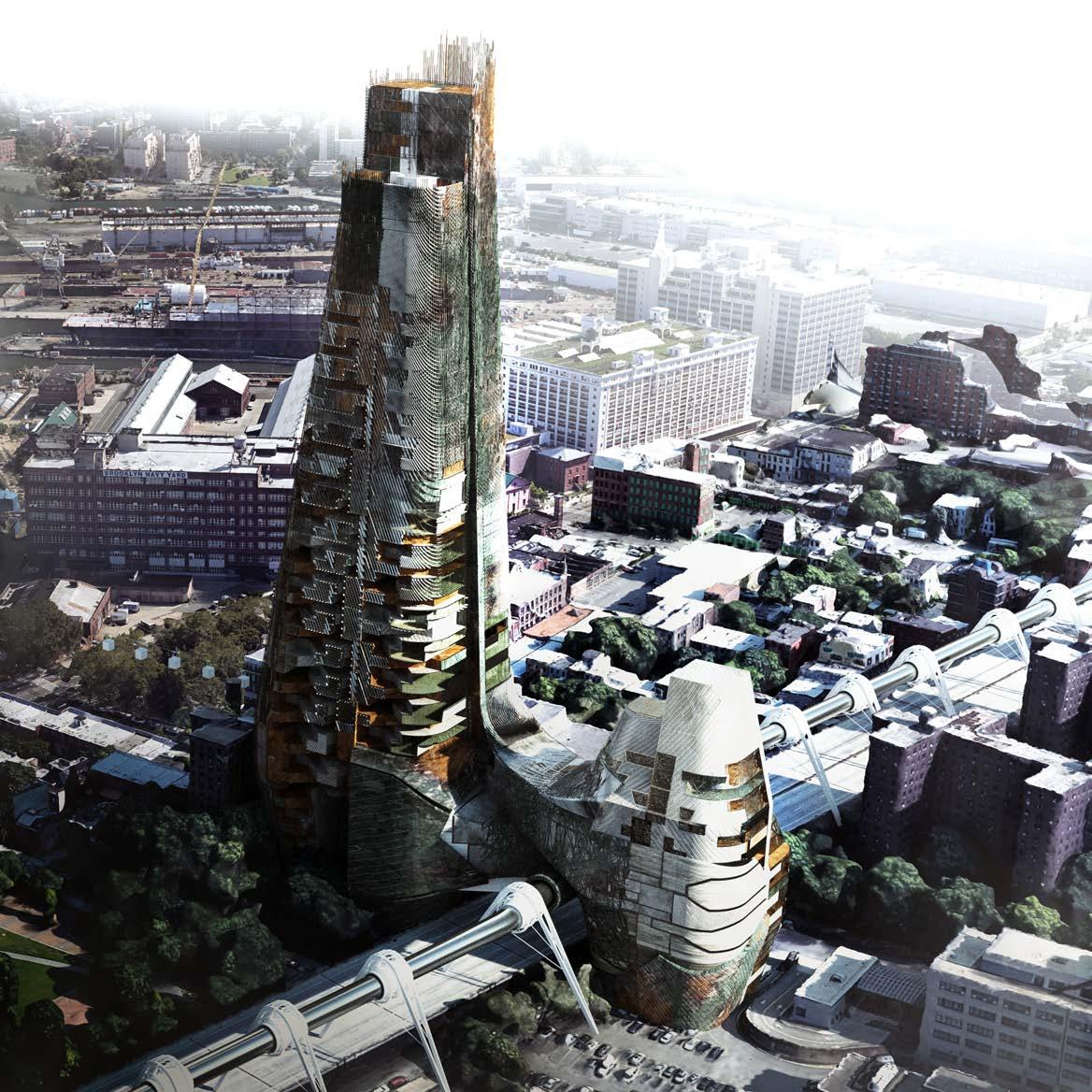
70 //Drone_Flyover UPENN
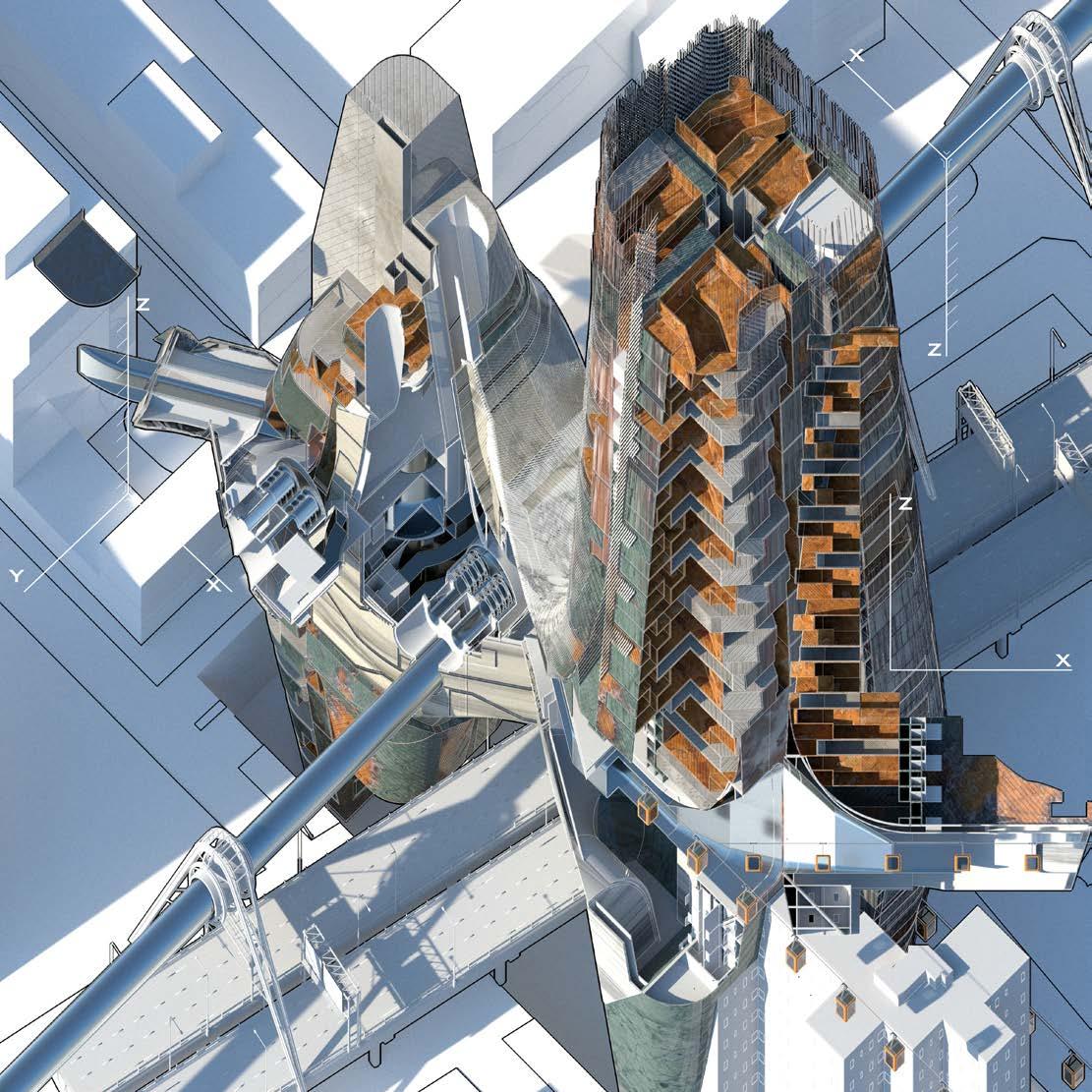
71
VOLUME 111
//Folded_Oblique
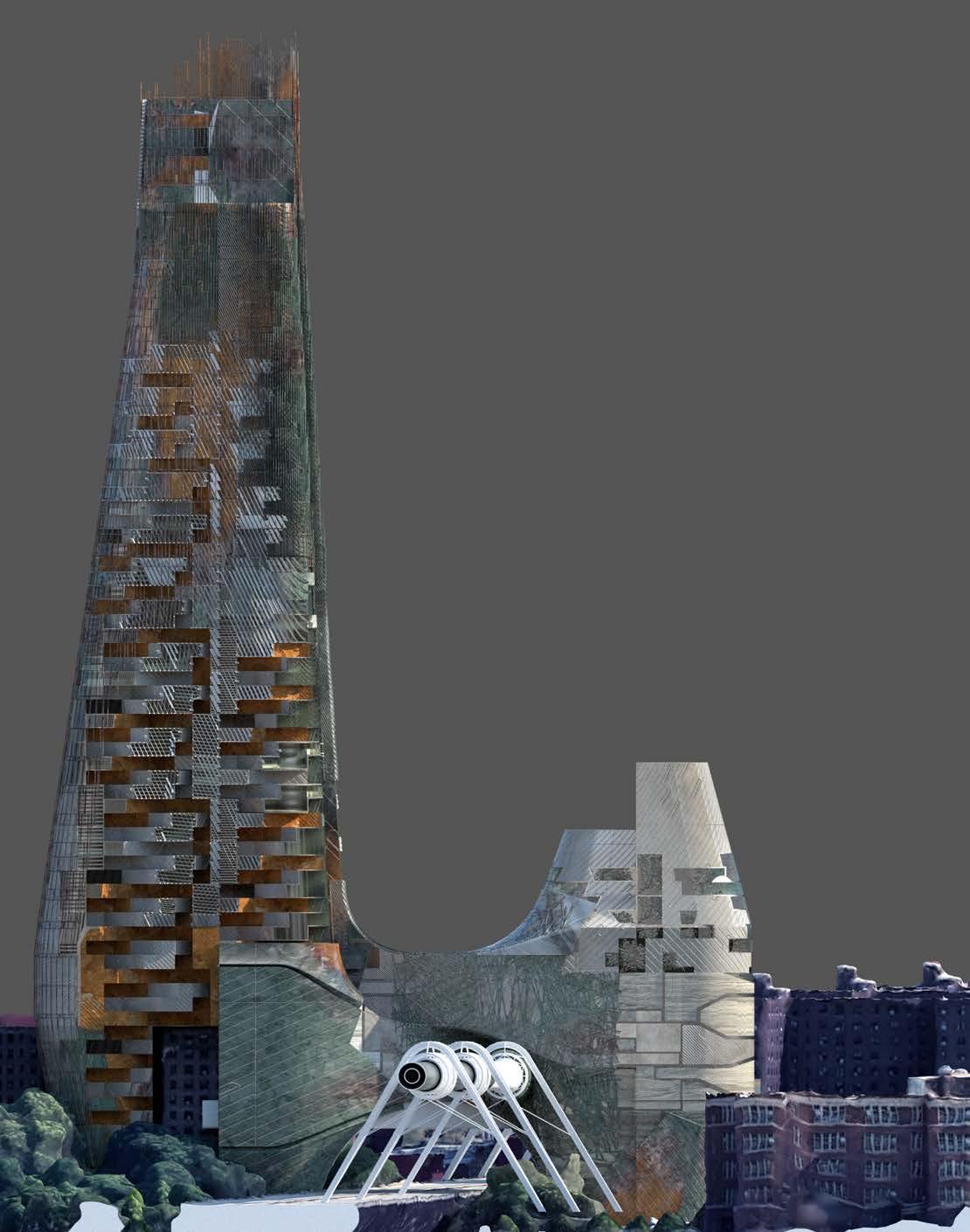
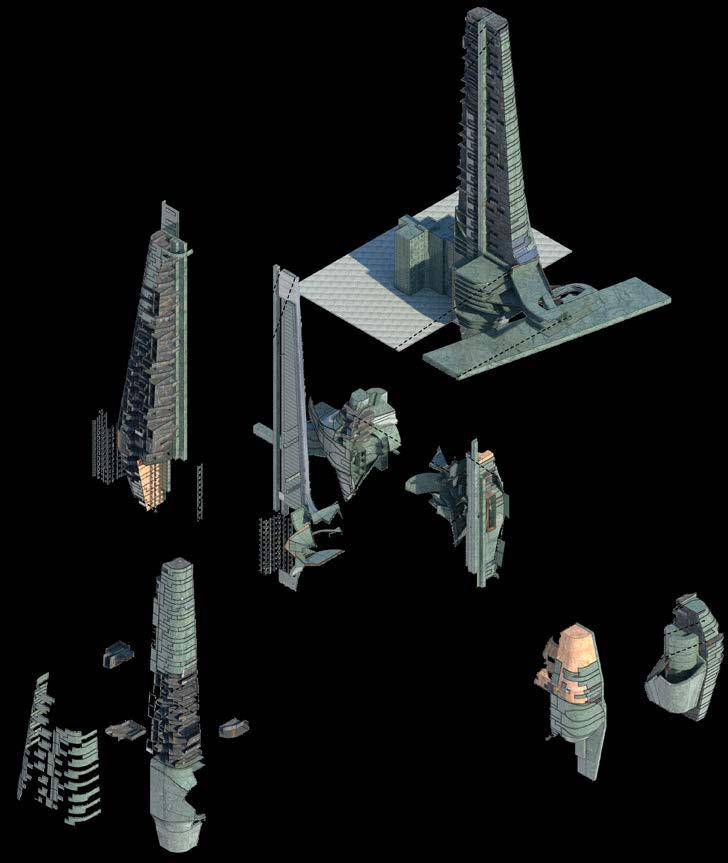
72 //West_Elevation //Network UPENN
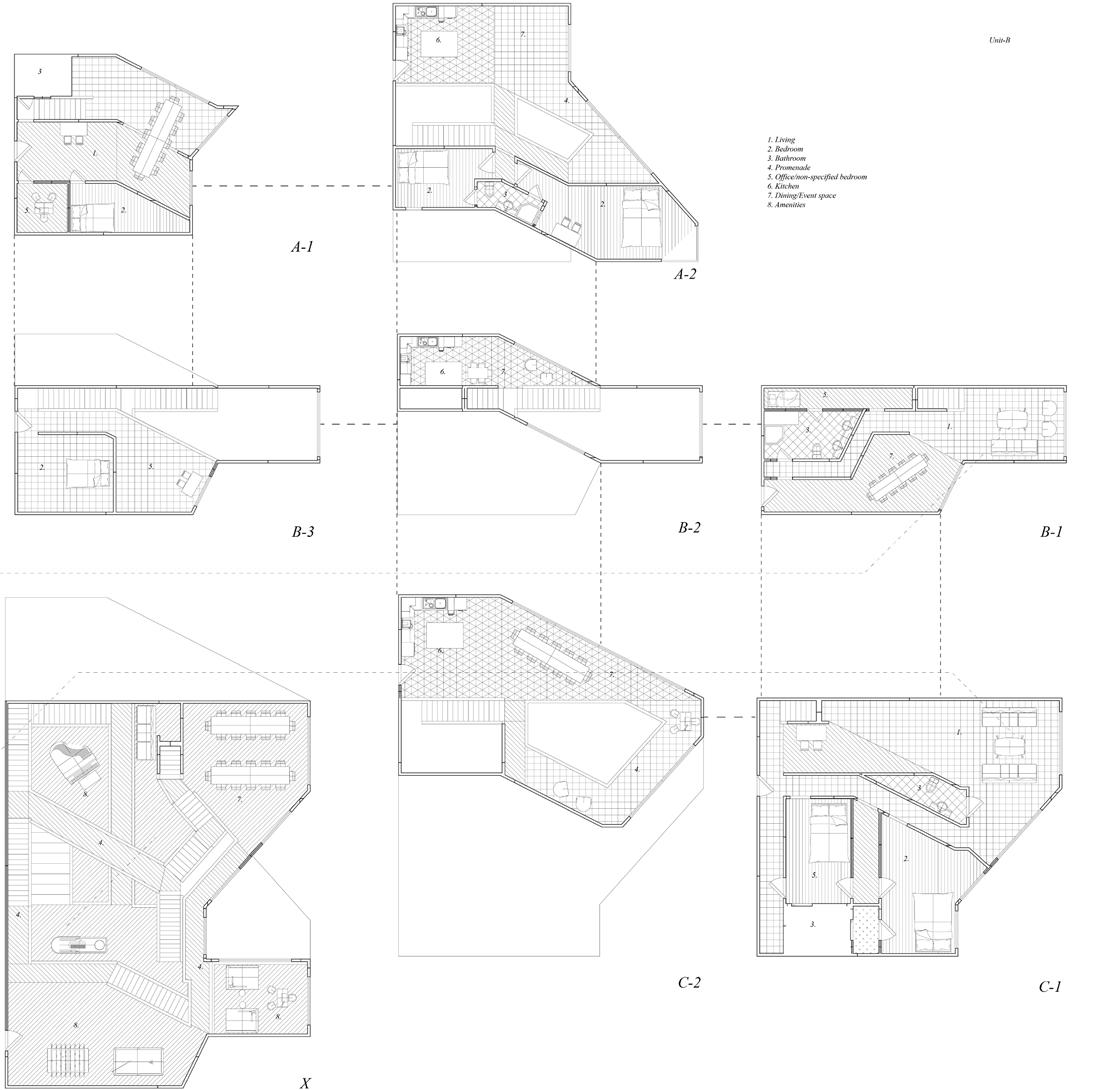

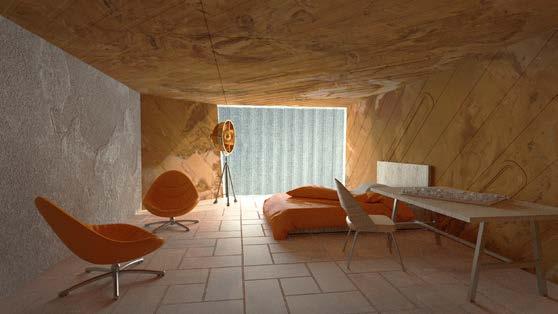
73
VOLUME 111
//Unit_A //Unit-C //Unit_Plans

74 UPENN
TheNew York City Housing Authority (NYCHA) has been struggling to maintain its aging infrastructure and provide affordable housing for its residents, with rising tax rates becoming a significant challenge. One potential solution to this problem could be the integration of a hyperloop system within NYCHA housing, with revenue generated from the system being used to offset rising tax rates. By integrating the hyperloop system within the housing complex, residents could have access to affordable and efficient transportation, while the generated revenue can be used to support the maintenance and modernization of NYCHA infrastructure. Additionally, the hyperloop system could attract new businesses and opportunities to the area, potentially generating more revenue and creating new jobs. Overall, integrating a hyperloop system within NYCHA housing has the potential to not only provide affordable transportation to residents but also mitigate rising tax rates and generate revenue for the housing authority.

75
//CHUNK VOLUME 111

76 UPENN

77 //Cluster_Section VOLUME 111
Future Food
This exhibition aims to reimagine planetary food systems, along with architecture’s expressive capacity to metabolize, digest and generate resources, as well as to decompose itself. On the one hand, via food an exploration of architectural strategies through local production and self-sufficiency, like urban farming, renewable energy or zero food miles practices that reconnect communities via food, among other means. On the other, by analyzing the byproducts of urban life -namely livestock, agriculture, and forest residues as resources; in ways that limit material loss and explore alternative pathways. The spatial and existential connections between architecture and food surface in different scales: from the gut of our bodies to the ecology of territories and the technology of building systems. They bring together the farm, the city, injustice, and the stomach.
78
Ferda Kolatan
SP 2022
UPENN
Tallin Architecture Biennalle
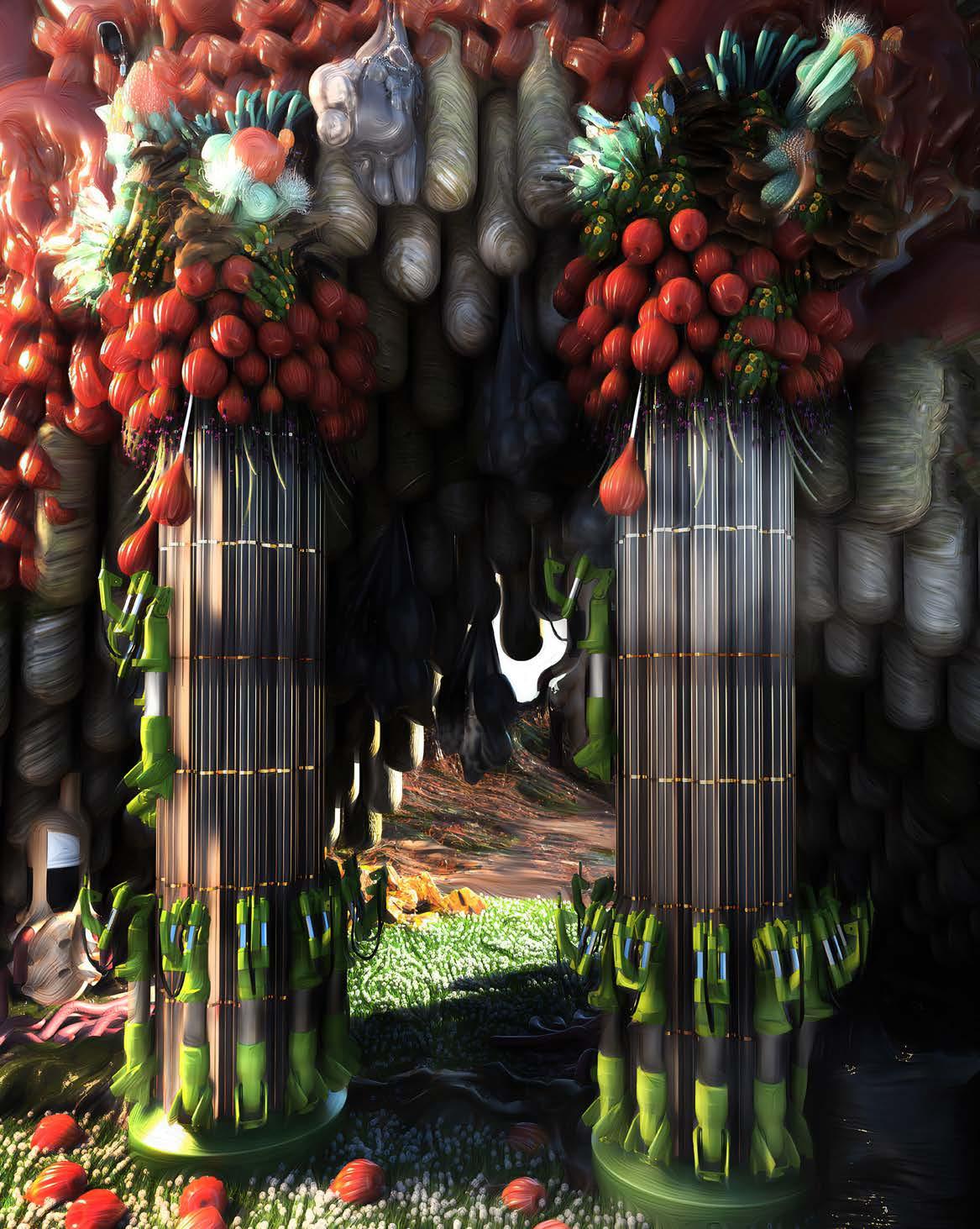
79 //Urban_Grotto VOLUME 111
CHØNK
When considering the Penn Museum extension, a task was derived from the necessity to house artifacts that seldom see display time. The concept for the extension of the museum’s archives circled around the central idea of “Who does it belong to?”. In this solution, to further combat the ideas of oppressive colonialism, the artifacts are placed in a hermetically sealed environment, or a “new territory”, for only themselves to occupy. This was done as a means to honor the origins of which they came, but also to understand that a true owner of such artifacts cannot be determined in present day, only leading to debates ending in little to no proper outcome. Museums have never been seen as attempting to desecrate the artifacts, rather quite the opposite, by receiving intensive restoration and care, however the original owners of these artifacts were very much so violated. An epistemological question of whether these artifacts are extensions of the cultures today or are they themselves their own thing leads to the creation of this extension which favors the latter, by laying them to rest in a respectful geode of their own.
80
VII
Maya Alam
UPENN
PENN Museum Extension FA 2019
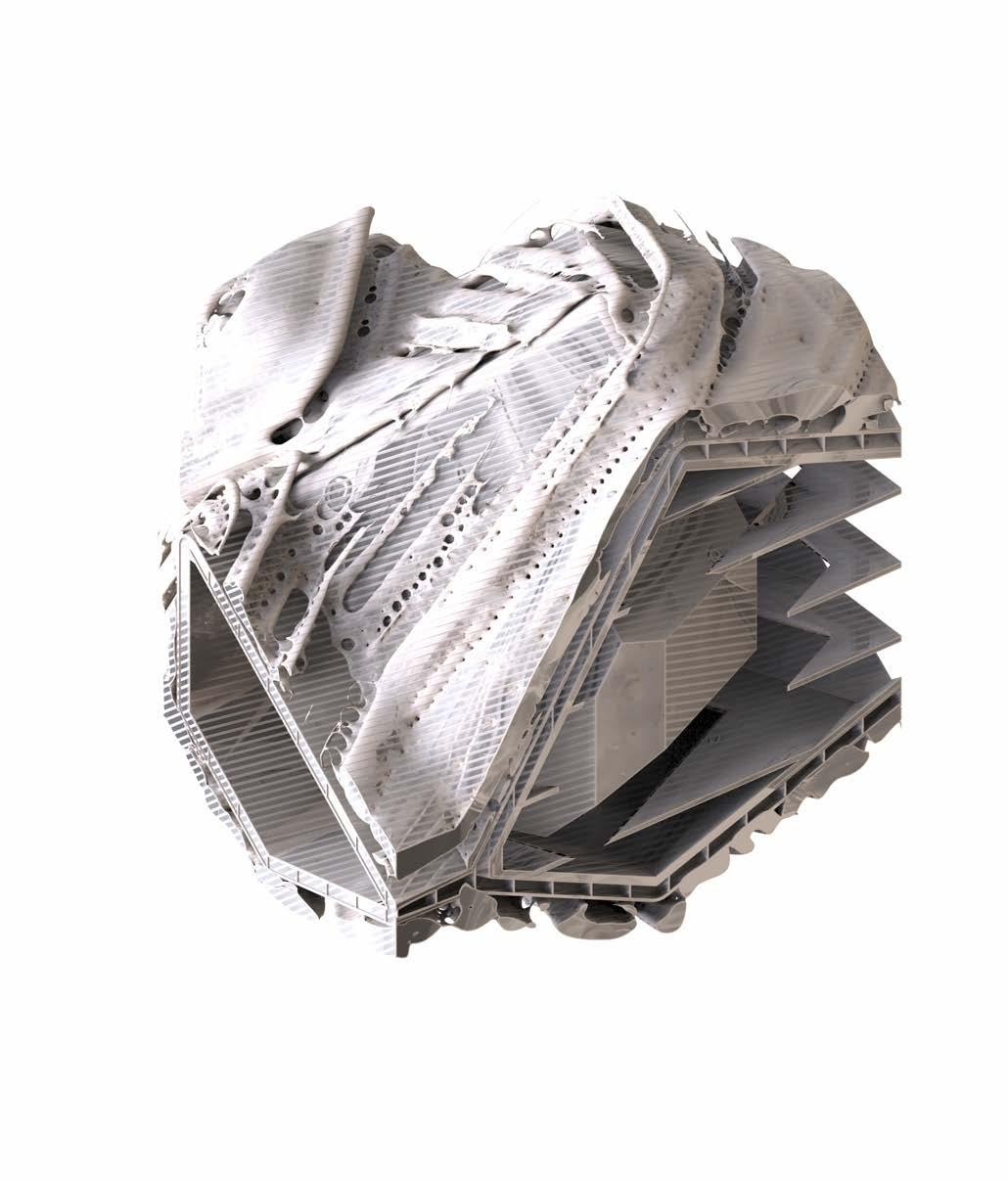
81 //Territory_Volume VOLUME 111

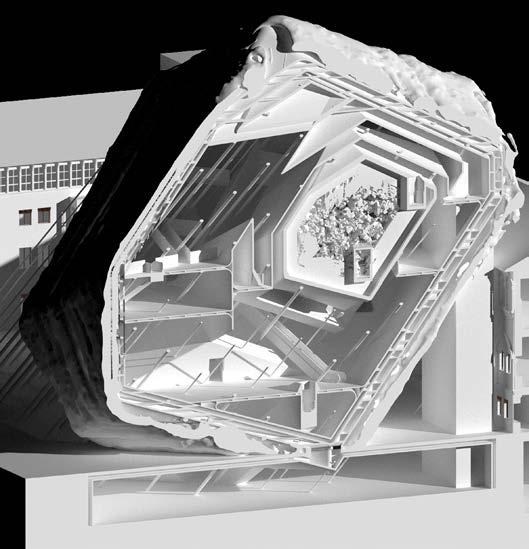


82 //Material_Zoom //Physical_Model //Posture_Elevation //Interior UPENN
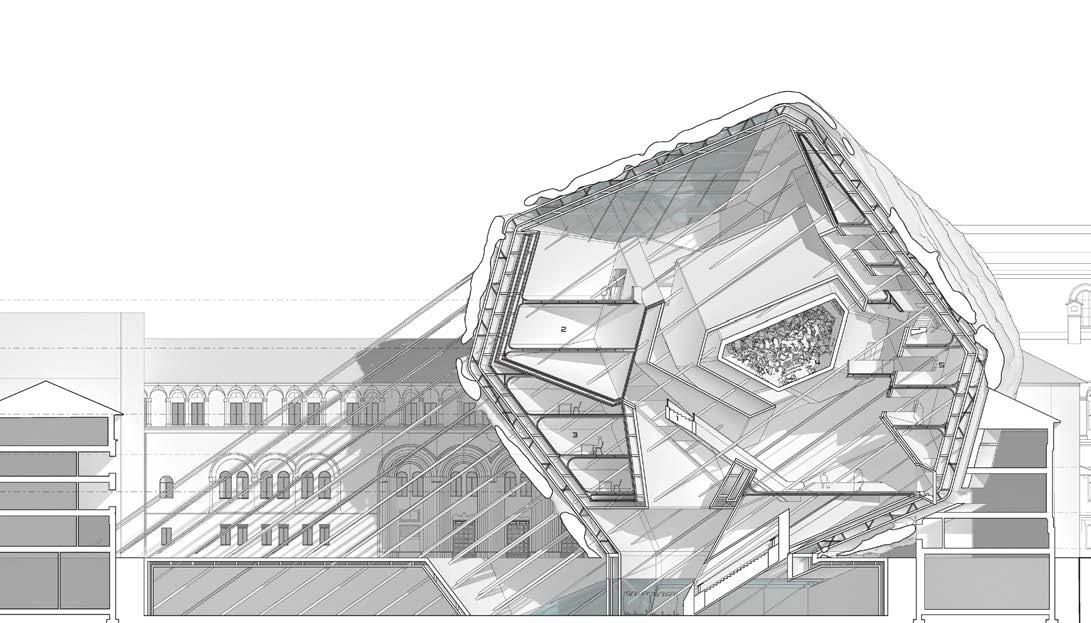
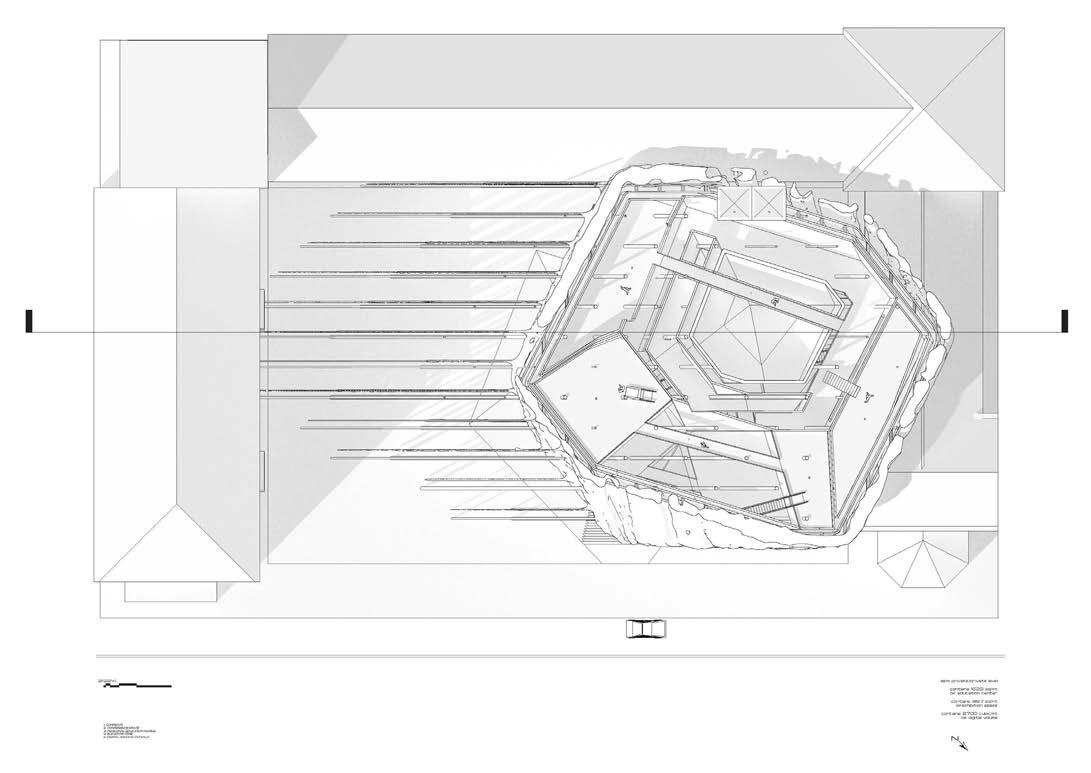
83 //Posture_Section //Catwalk_Plan VOLUME 111
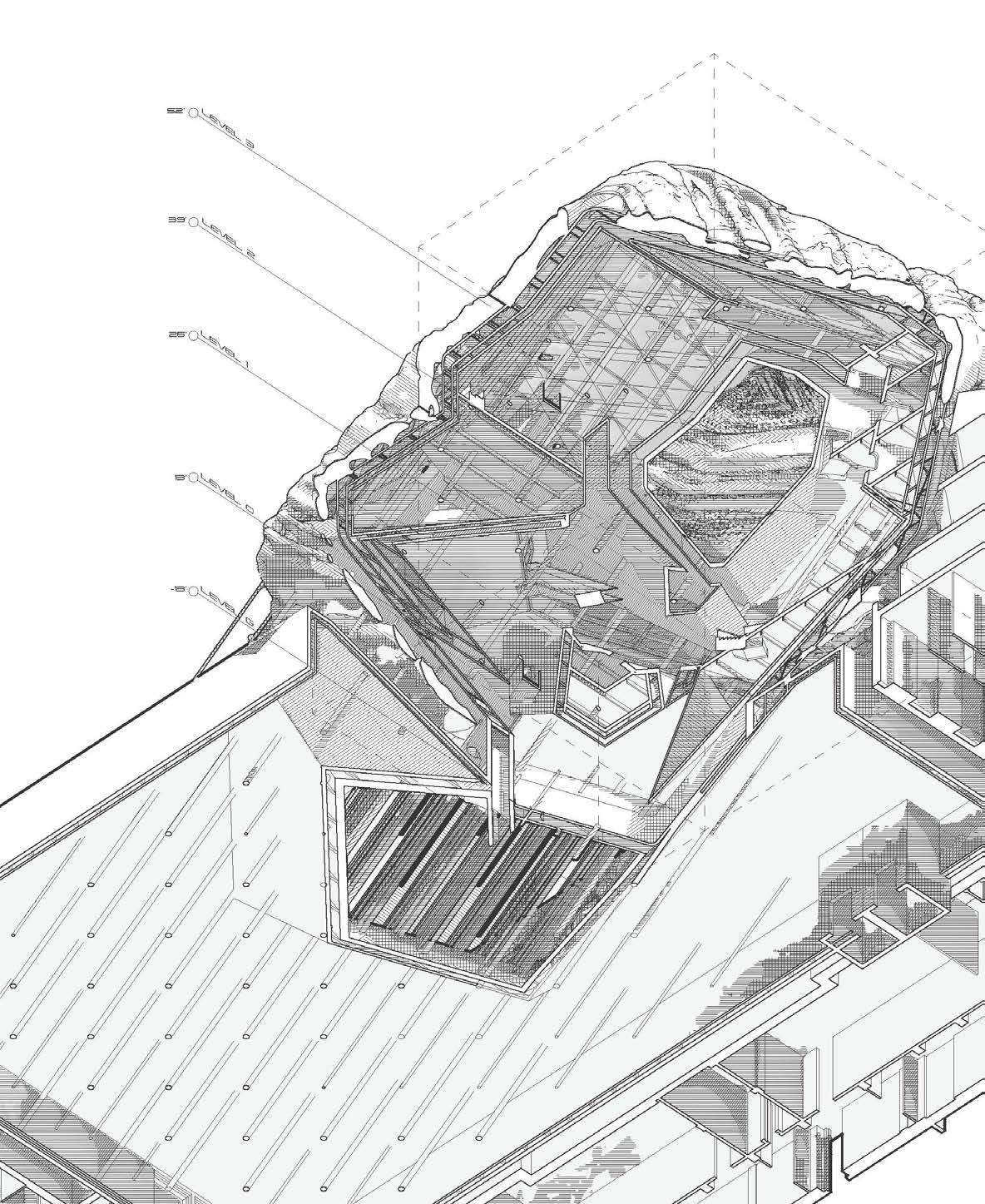
84 UPENN
Artifacts
housed in the Penn Museum are often considered contested pieces due to their colonial history and how they were obtained. These objects were taken from their places of origin and often without the consent of their communities. The Penn Museum has been under pressure to address these issues and to acknowledge the harm that has been done. One solution that has been proposed is to hermetically seal away these artifacts from the public, essentially laying them to rest. This would allow the artifacts to be preserved while also respecting the wishes and beliefs of the communities they were taken from. While this approach may seem extreme, it recognizes that the artifacts no longer have a place to solely exist in today’s society and that their presence can be a source of pain and trauma for many people. It is essential for institutions like the Penn Museum to acknowledge their colonial past and work towards reparations, and sealing away contested artifacts could be one step towards reconciliation.

85
//Choisy VOLUME 111
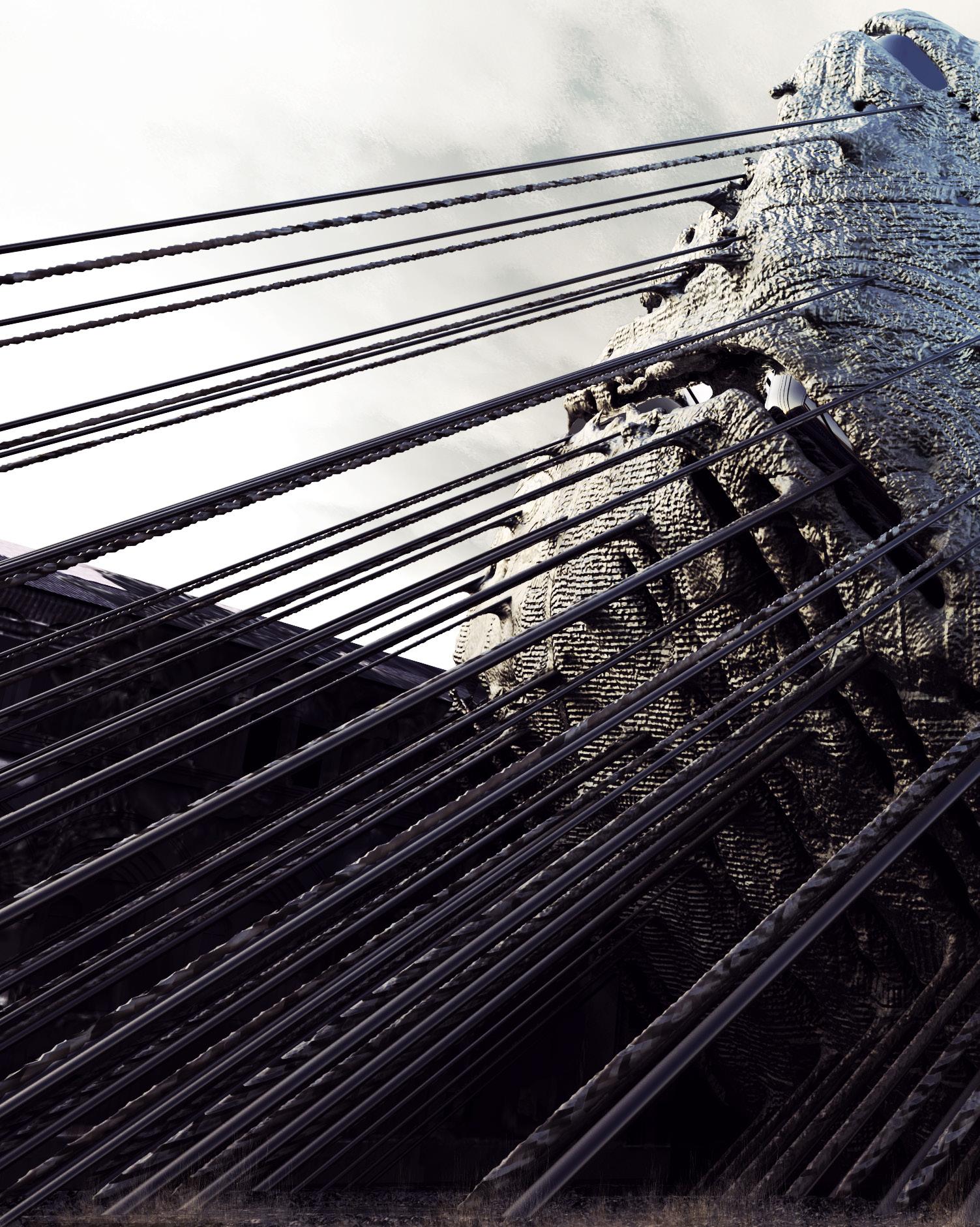
86 UPENN
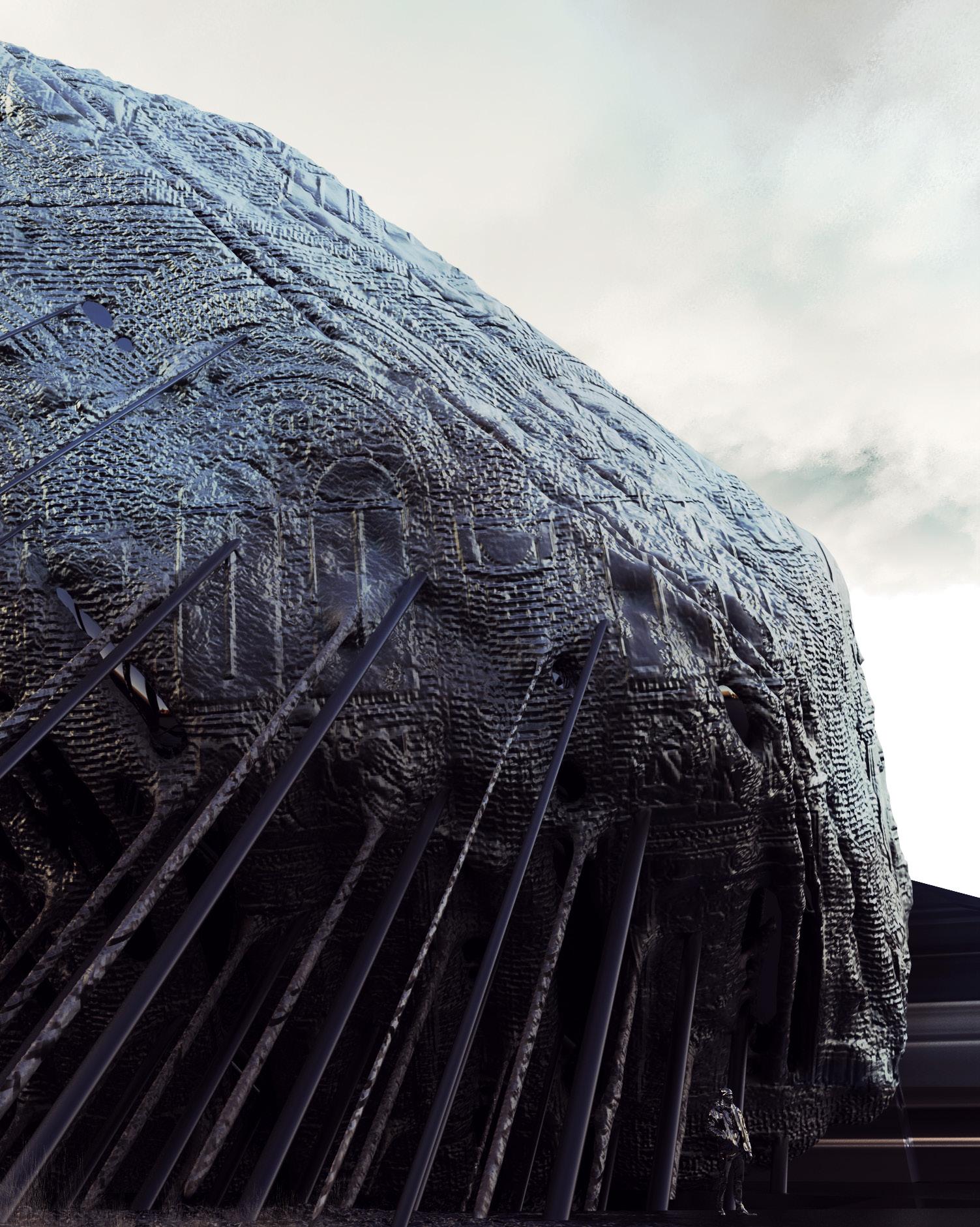
87 //En_Route VOLUME 111
HOMUNCULI
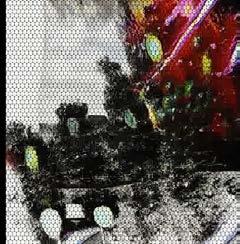

Sensory Characters
Focusing on observation feedback, this homunculi holsters three optic sockets, sitting freely, capable of multi directional movement. The images gathered are a response to saturation and growth surrounding the homunucli, only to take images during high periods of saturation. The interpolation of these images begin to create what is known as its world view, an intense process of generative adversarial networks that begin to build the world in its own image by computer vision as a response to the factors that promote one of beauty and growth.

88
Simon Kim
UPENN
FA 2021
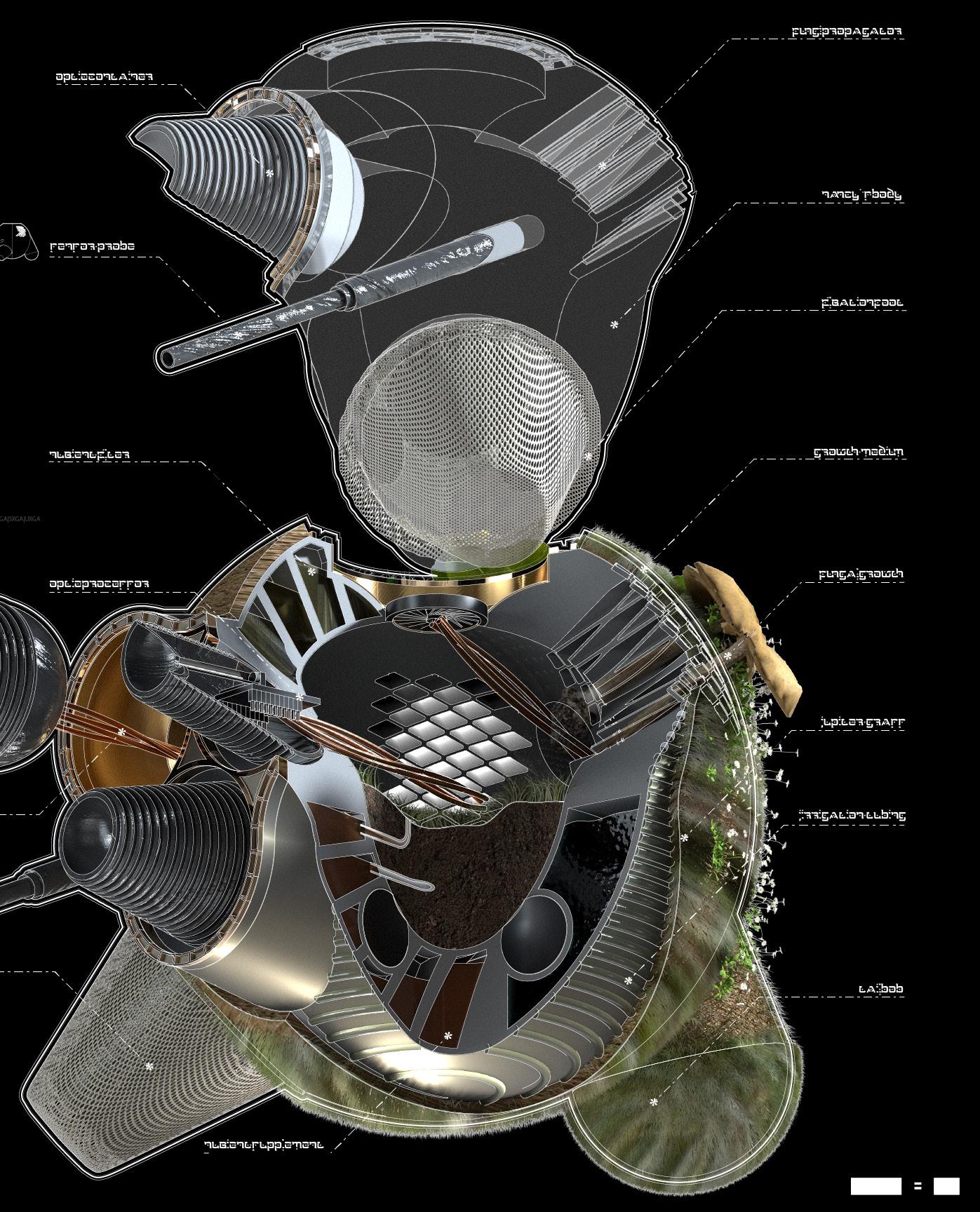
89
IKEA ANARCHY
Eduardo Rega
Through the speculation of future politics within the U.S.A., with Philadelphia being the epicenter of such change, the implementation of an Eco-Feminist New Deal, focusing on design for the people and the environment, is taken into consideration. IKEA Anarchy addresses the first stage of implementation, “Initiate through Acupuncture” where the primary goal is to provide a foundation of communal living in pockets of unused space, typically found in sites of contention, across Philadelphia. Here, a series of basic assemblies can be constructed to fit the needs of the surrounding spaces through the use of basic rule sets that yield growth and spatial qualities that can take on programs of: Assembly, Habitats, Gardens, Entertainment, Health care, or anything best suited for the needs of the people. Since this is only the first stage, it is also utilized as a testing site for various energy generating methods, water collection and purification systems, basic town hall methodologies, and farming with hydroponics so that as the following stages are implemented, the creation of a self sustaining commune of the people is viable, attempting to leave nothing to chance from the testing conducted in the first stage. The proposal intends to generate the strategic mechanisms as a starting point for the self-reparation of the urban tissue.
90
VIII
UPENN
Flexible Communal Living SP 2020
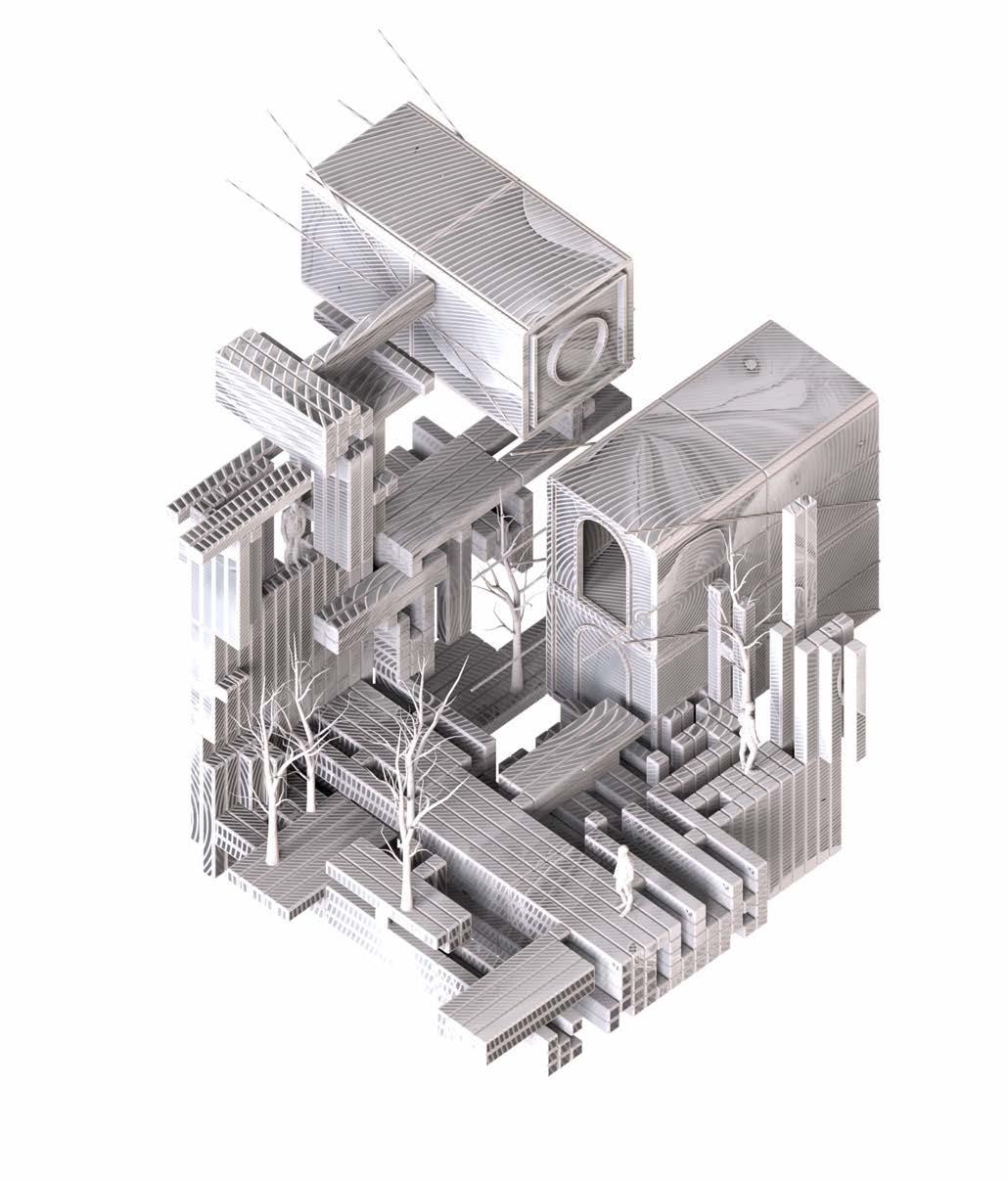
91 //Initiate_Deliverance VOLUME 111
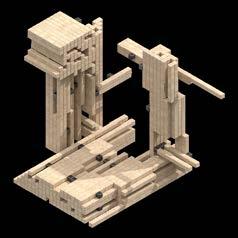
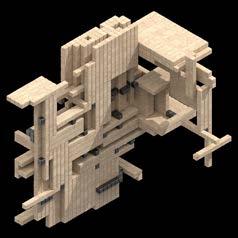

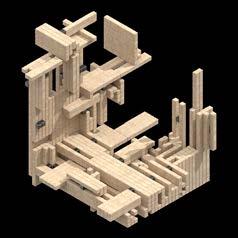
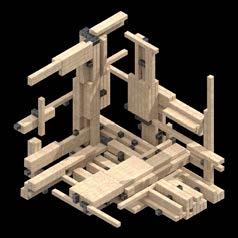
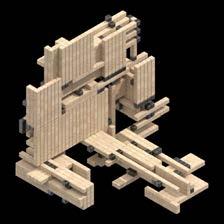
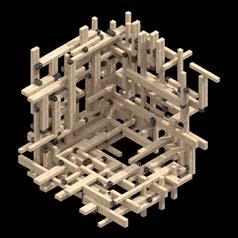

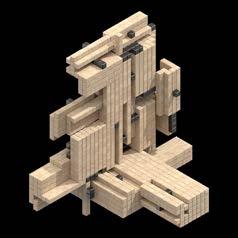
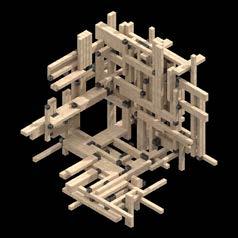
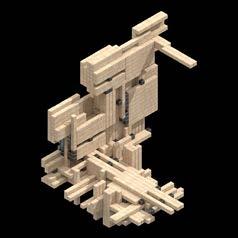

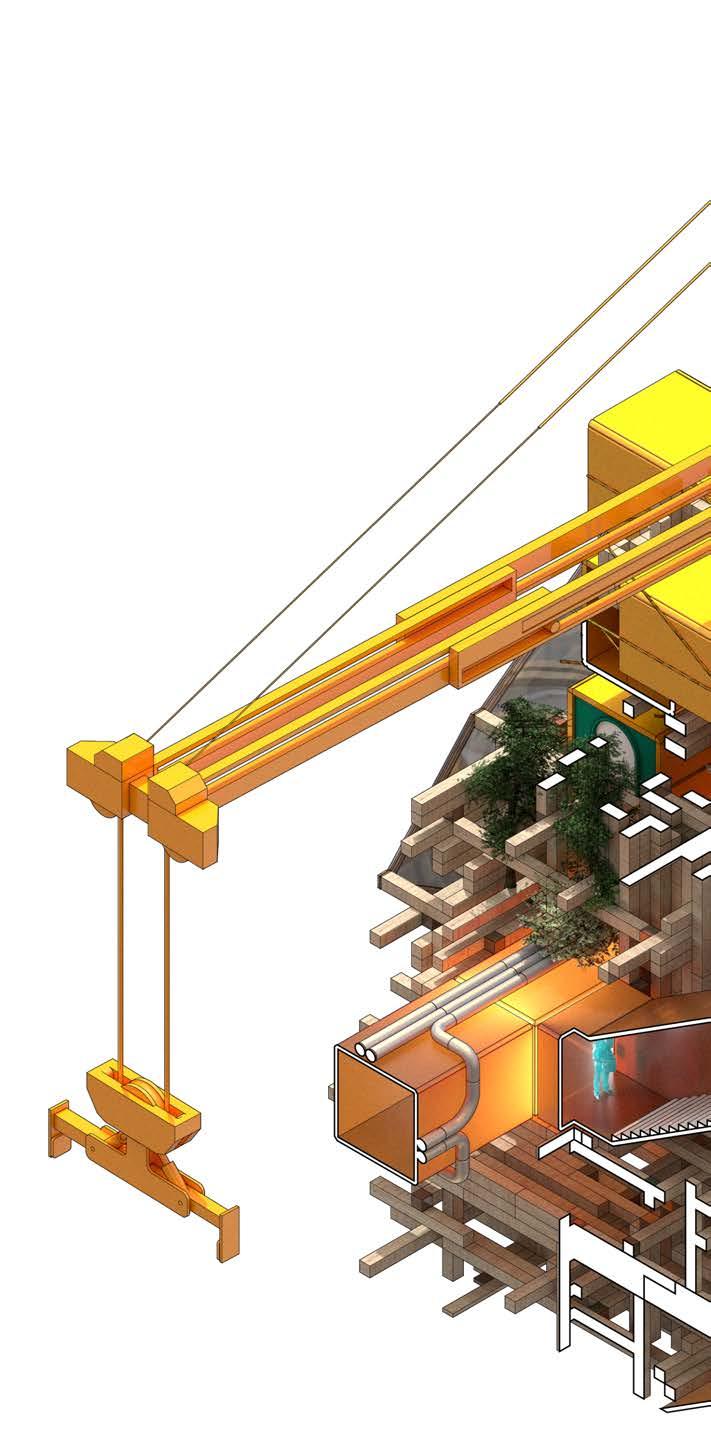
92 //Rule_Sets UPENN
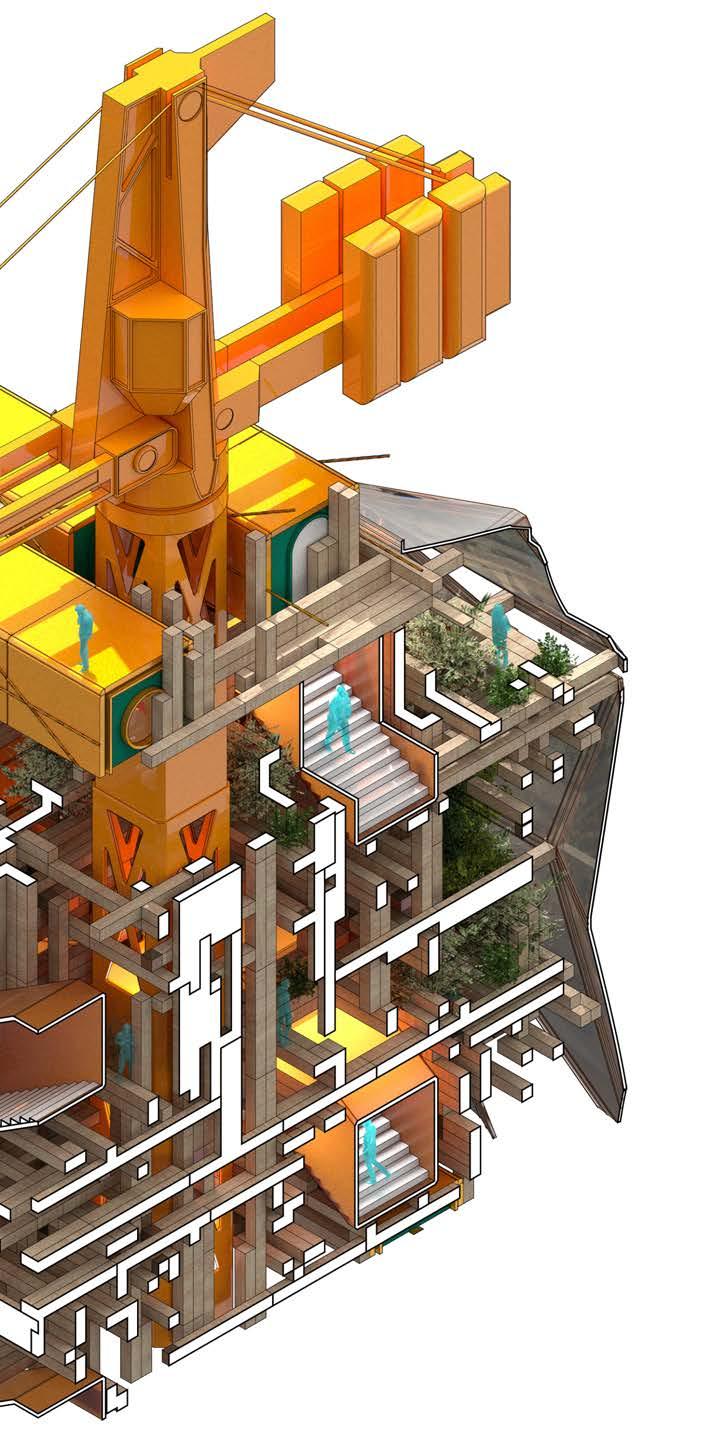
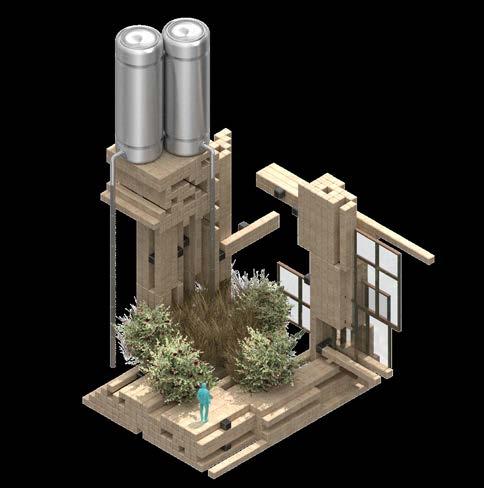

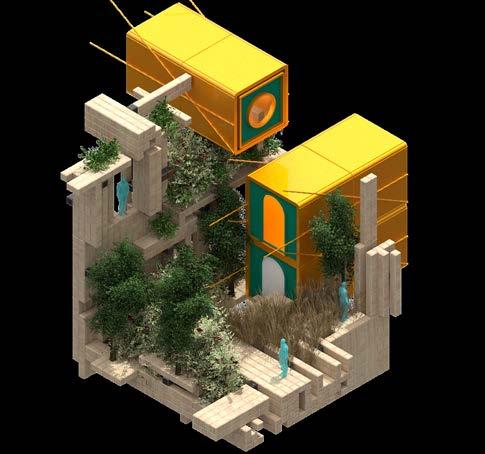
93
//Orchestration_471
//Orchestration_912
//Chunk+Rules VOLUME 111
//Orchestration_364
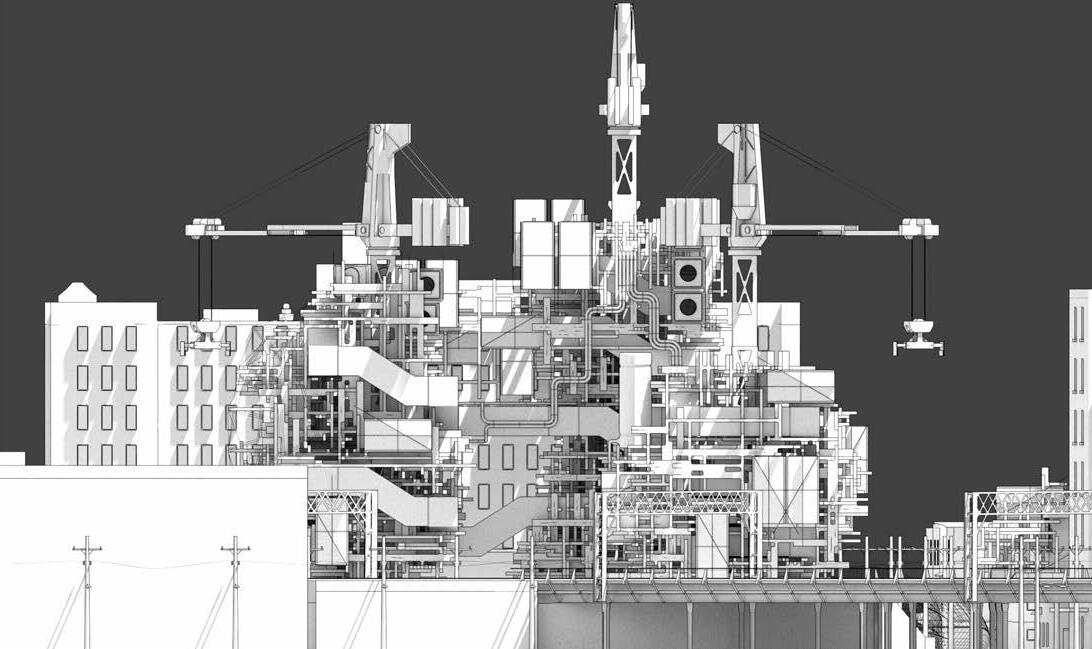
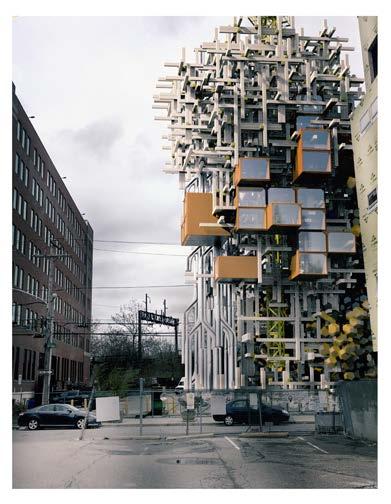
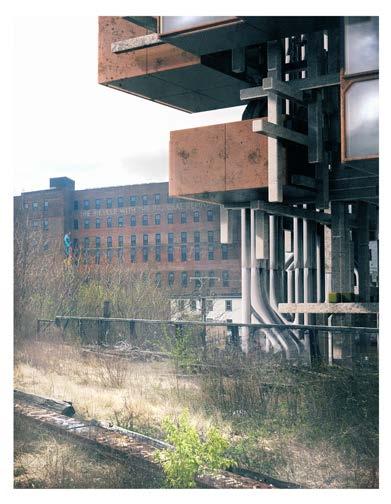
94
//Day-1
//Day-789
UPENN
//Configuration-1
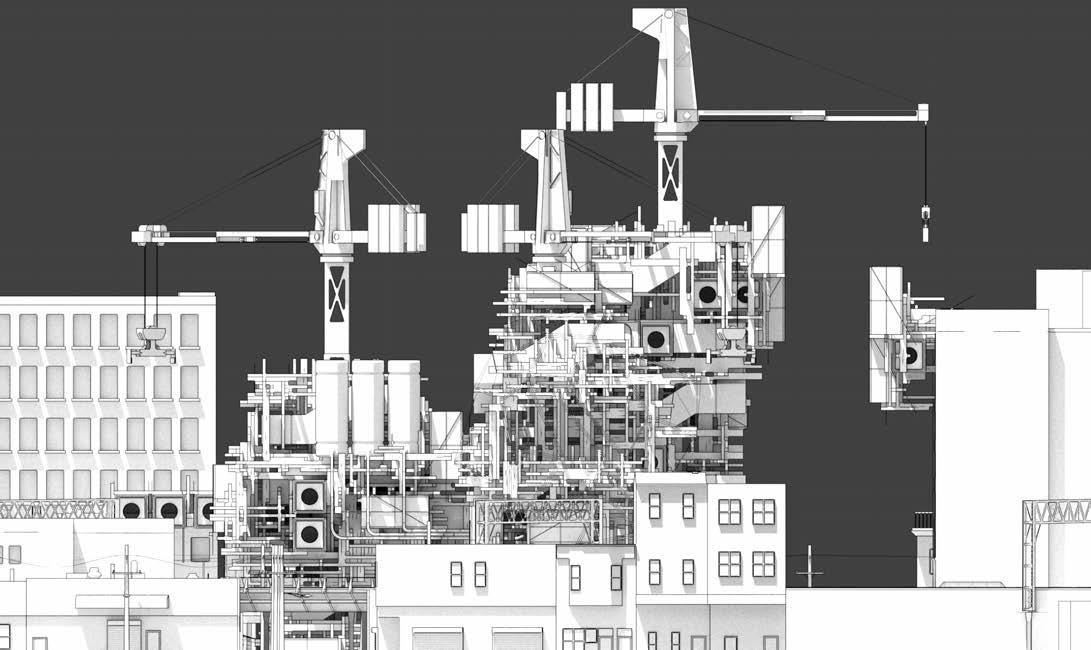

95 //Agora //Configuration-2 VOLUME 111
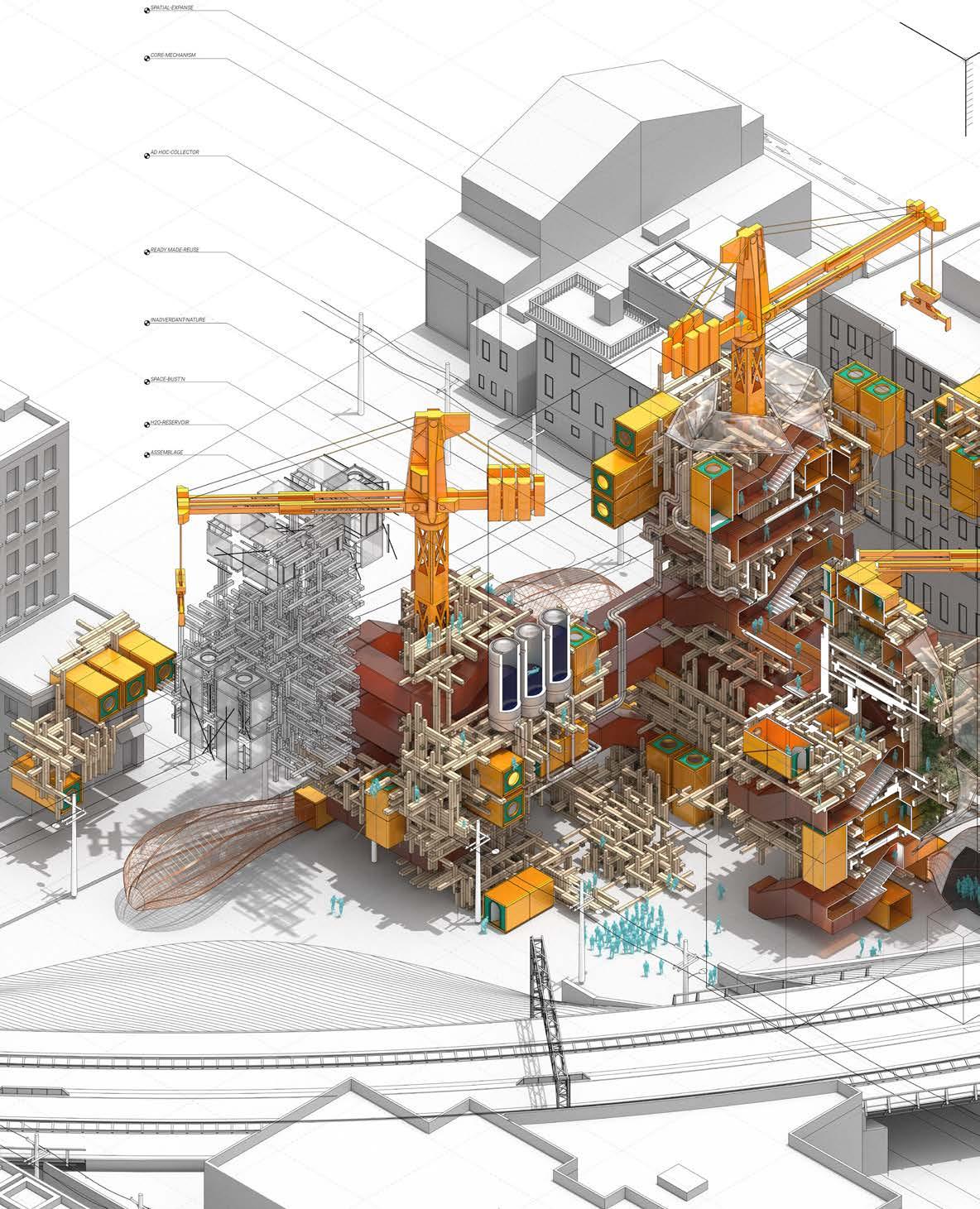
96 UPENN
Theidea of creating a manual for anarchy, similar to IKEA instructions, has the potential to promote a new form of communal living and self-governance. This can be achieved through the use of mass-produced industrial components that are easily accessible and affordable. These components can be used to create living spaces, communal areas, and spaces for assembly, allowing individuals to come together and form a community based on shared values and principles. Callowhill Philadelphia, with its abundance of industrial buildings and underutilized spaces, could be an ideal location for such a project. The manual for anarchy could provide detailed instructions on how to build and assemble these structures, while also outlining the principles of self-governance and community living. Overall, creating a manual for anarchy using mass-produced industrial components can offer a new way of living that is sustainable, affordable, and community-oriented, while also promoting greater self-sufficiency and independence.

97
//Initiate_Deliverance VOLUME 111
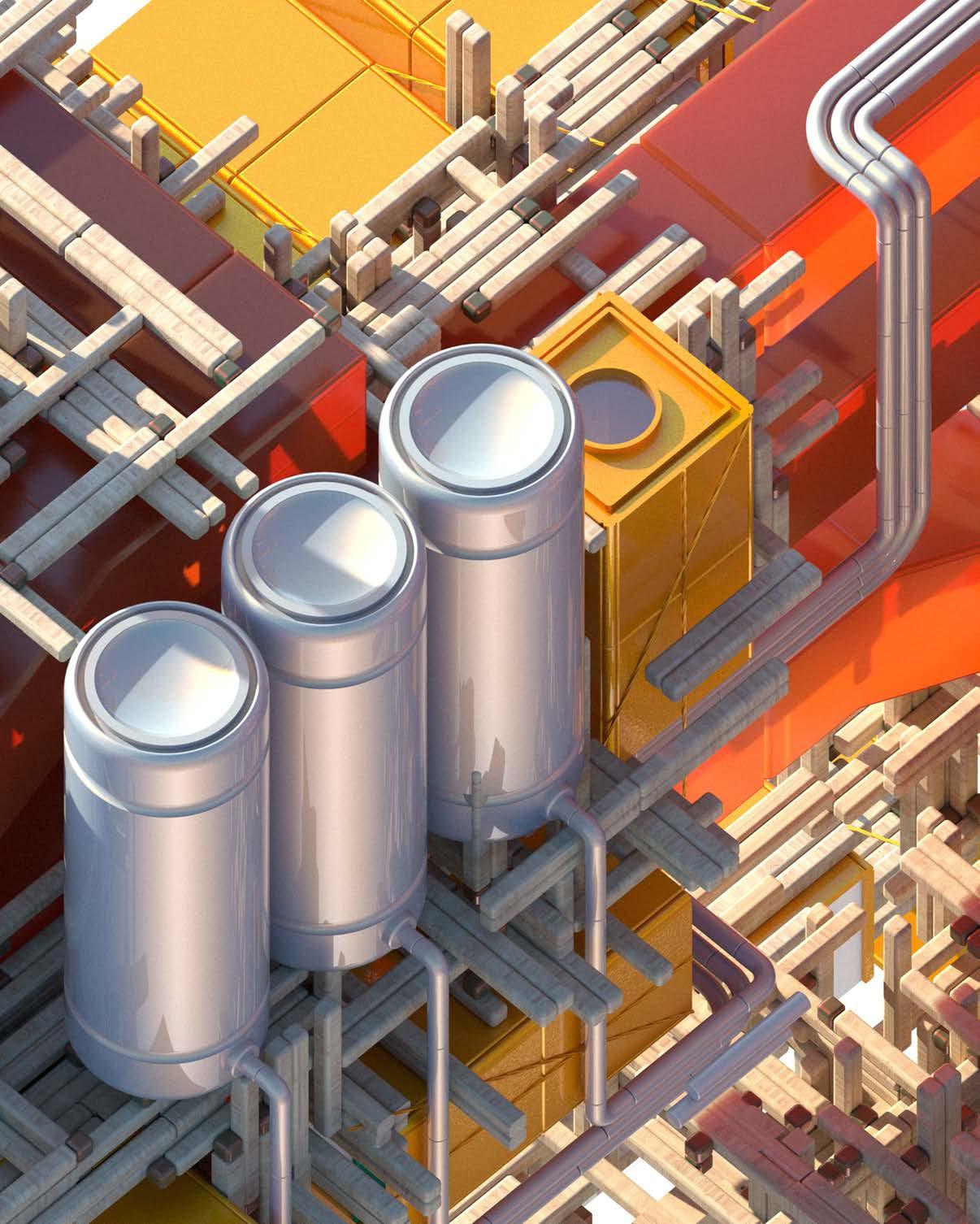
98 UPENN

99 //Tectonic_Aggregation VOLUME 111






































































































































































